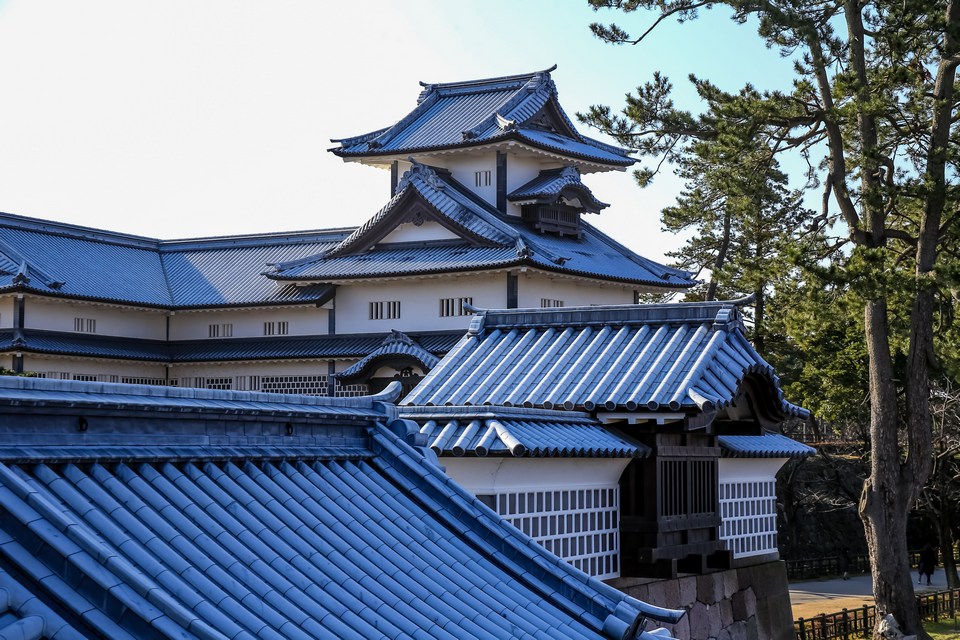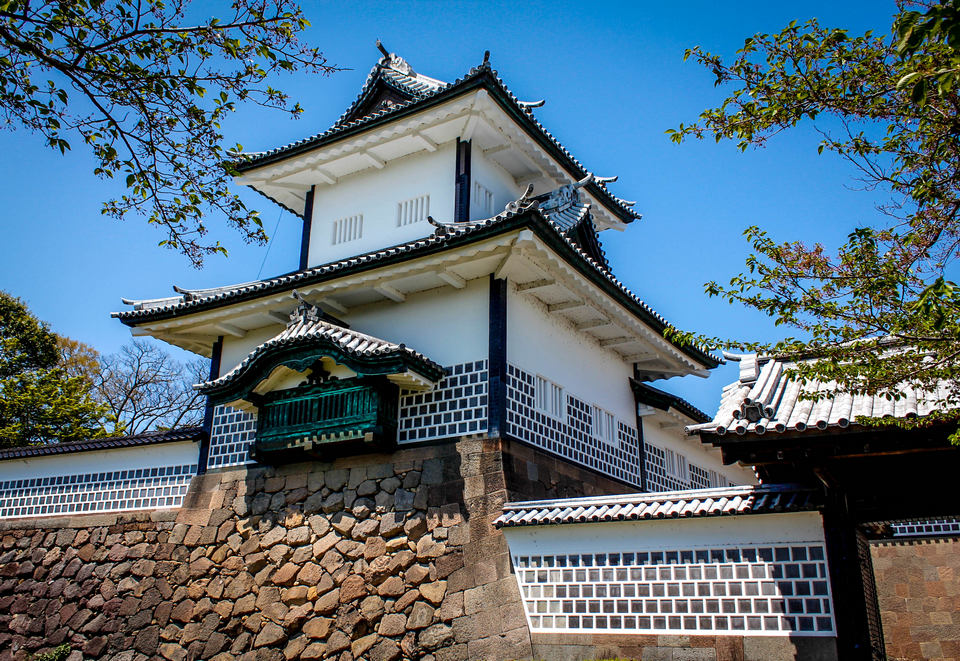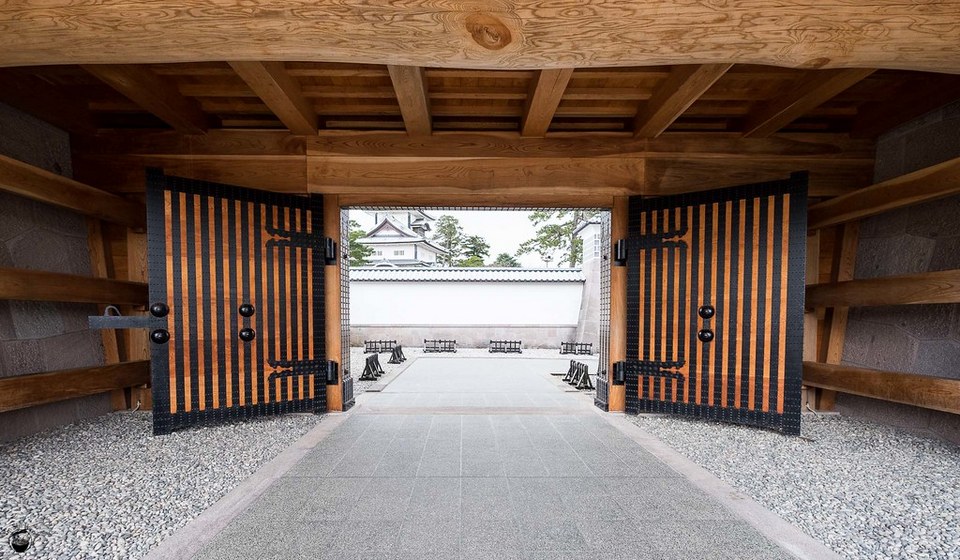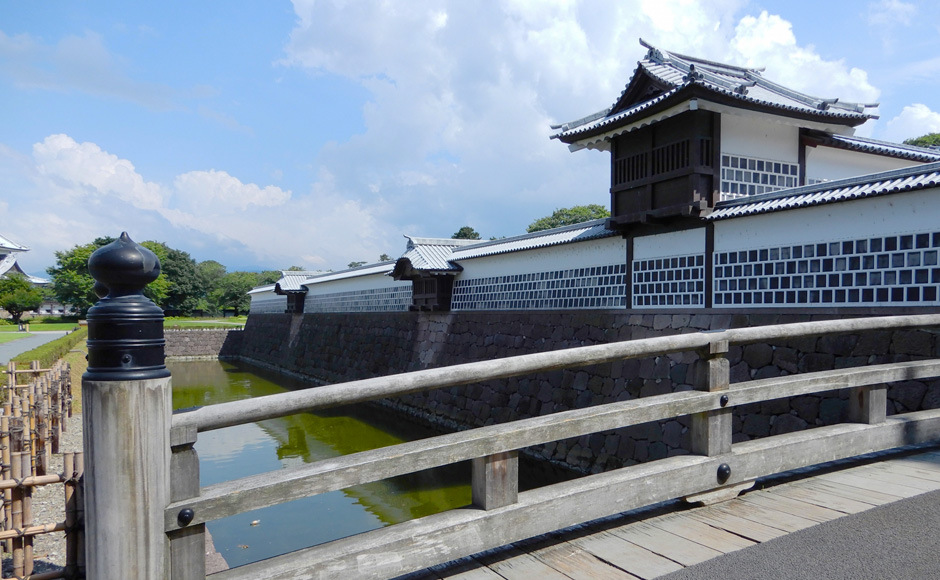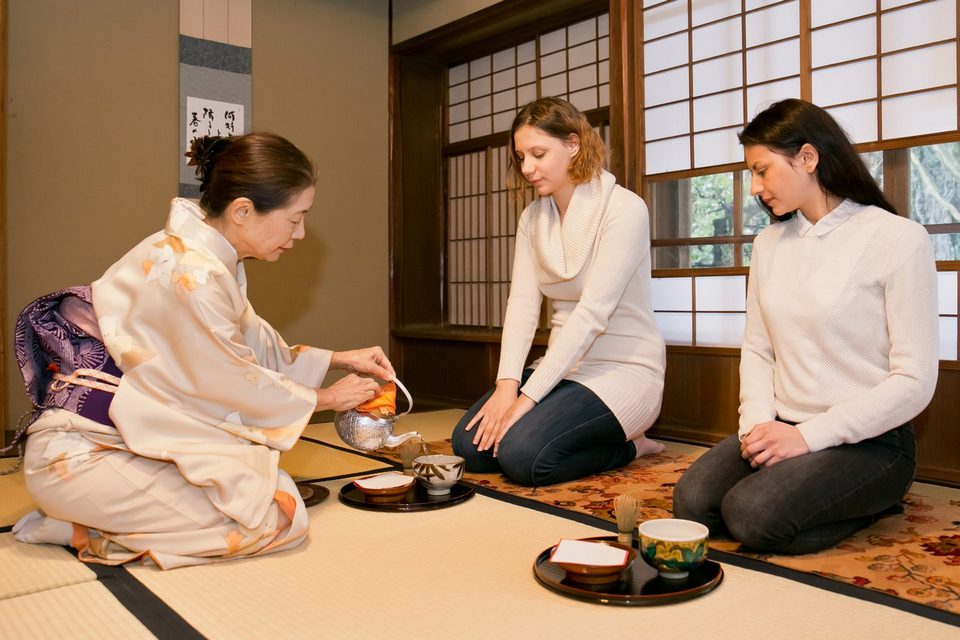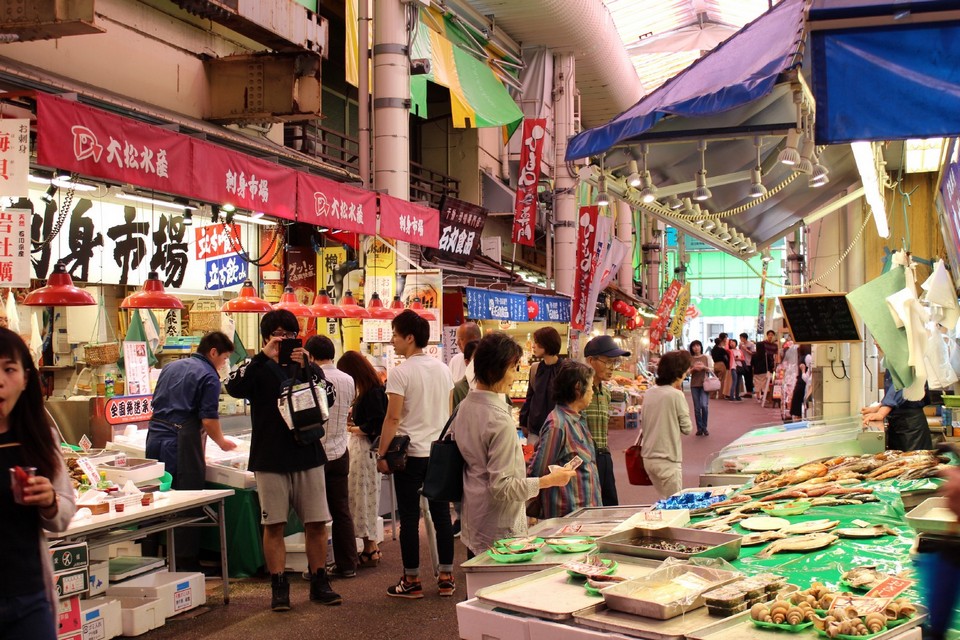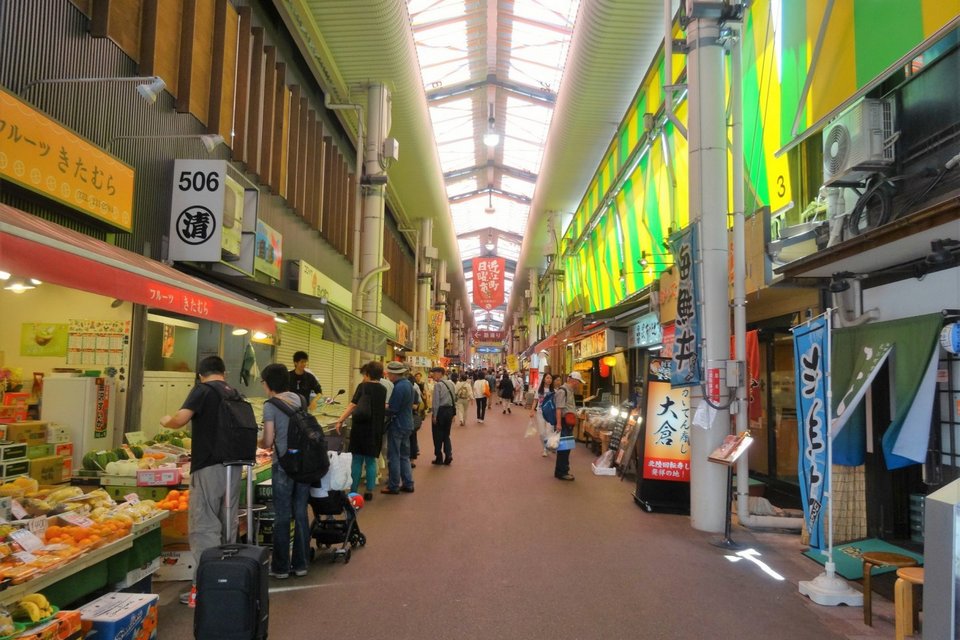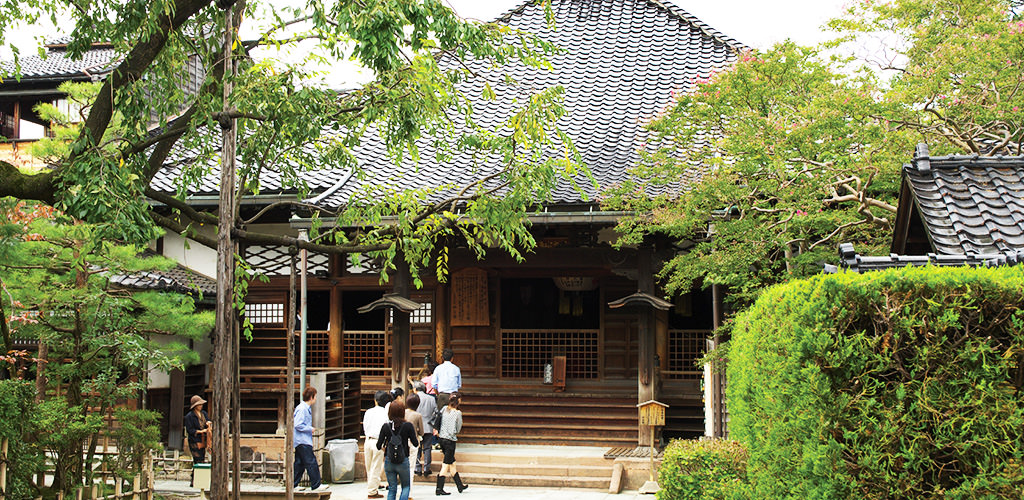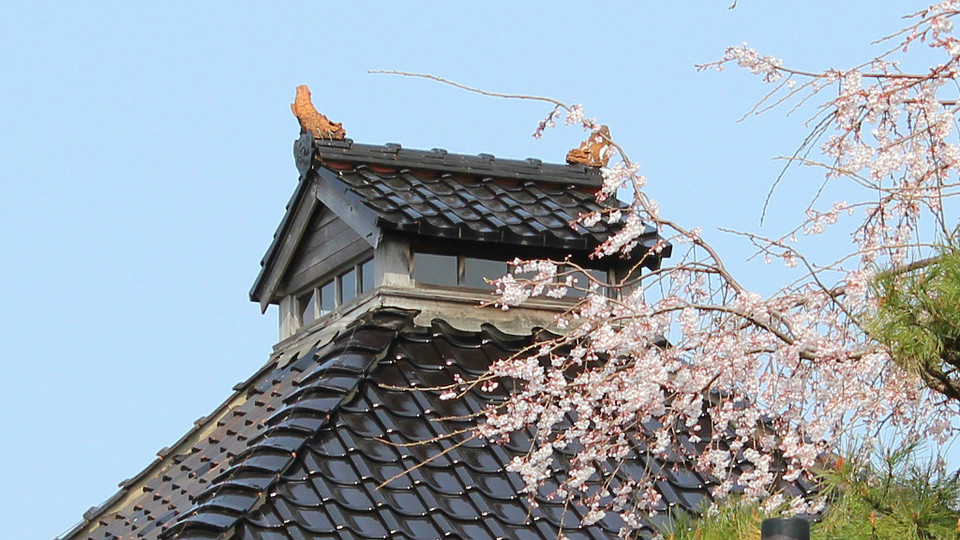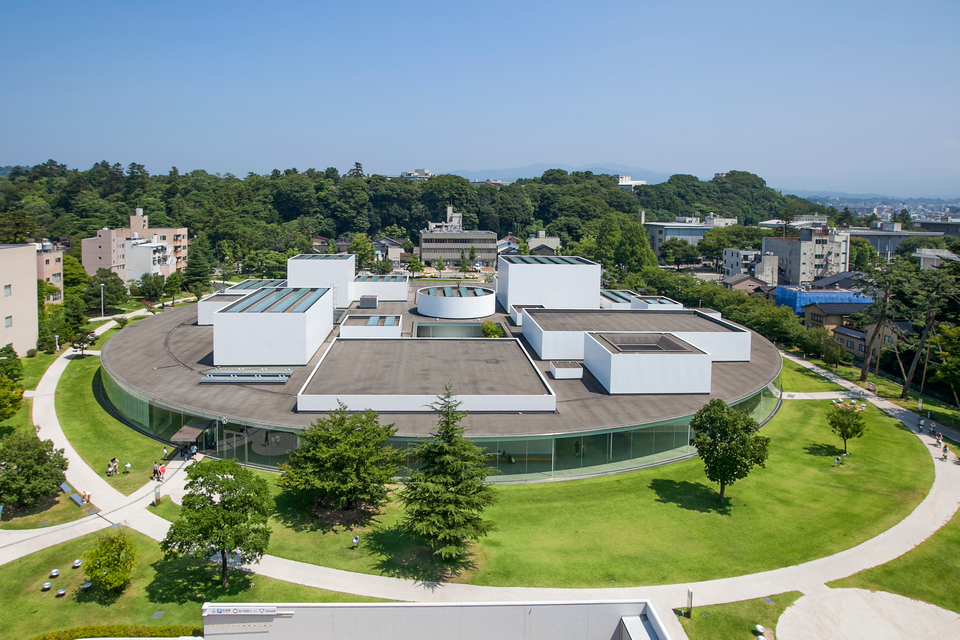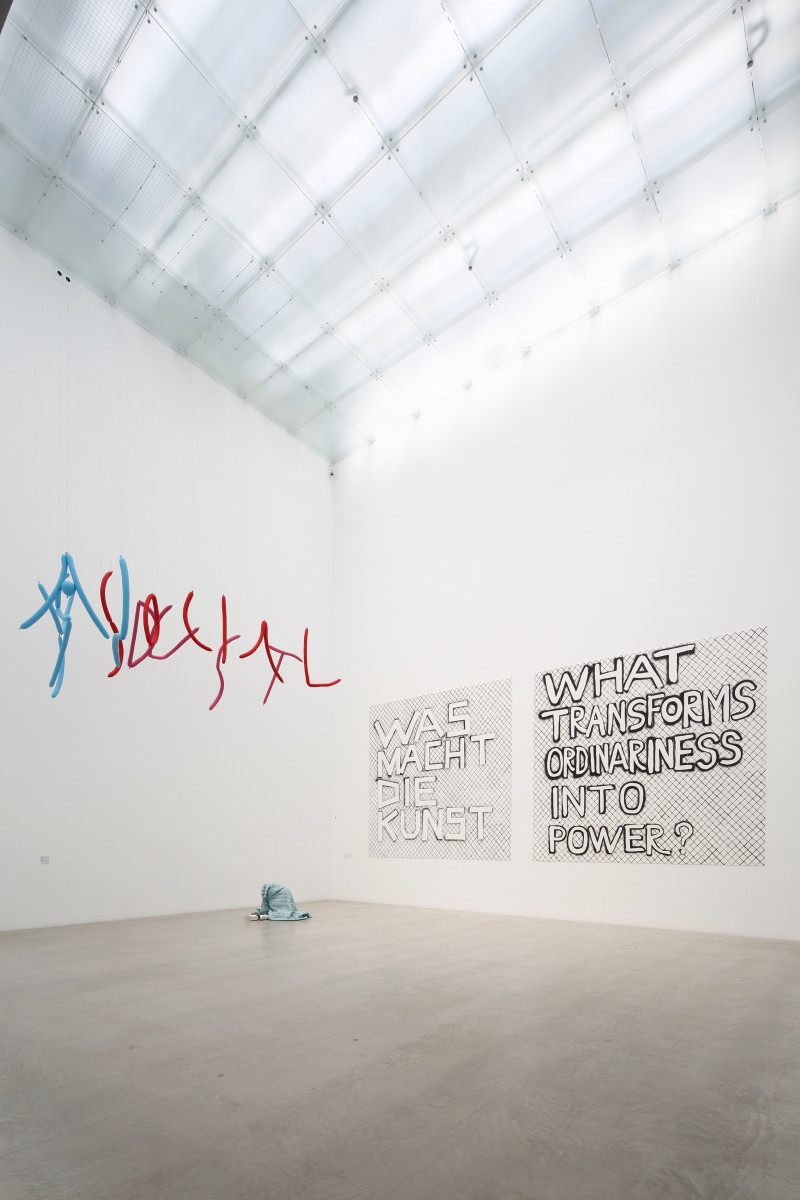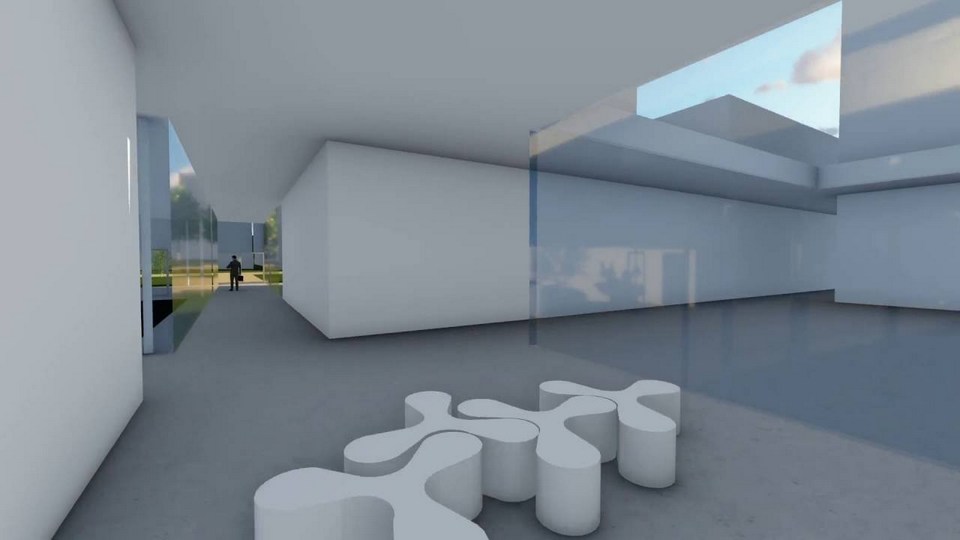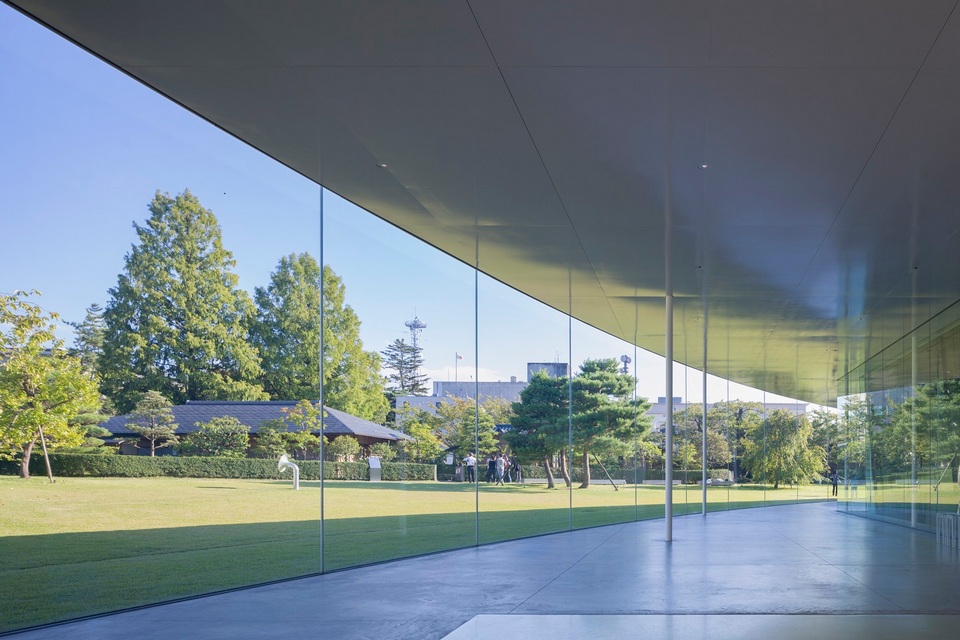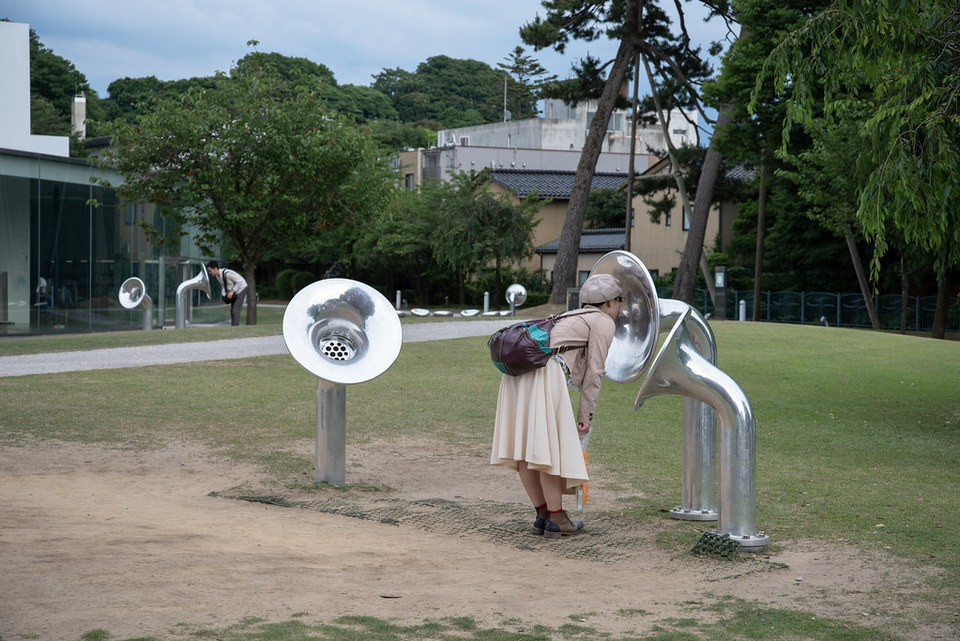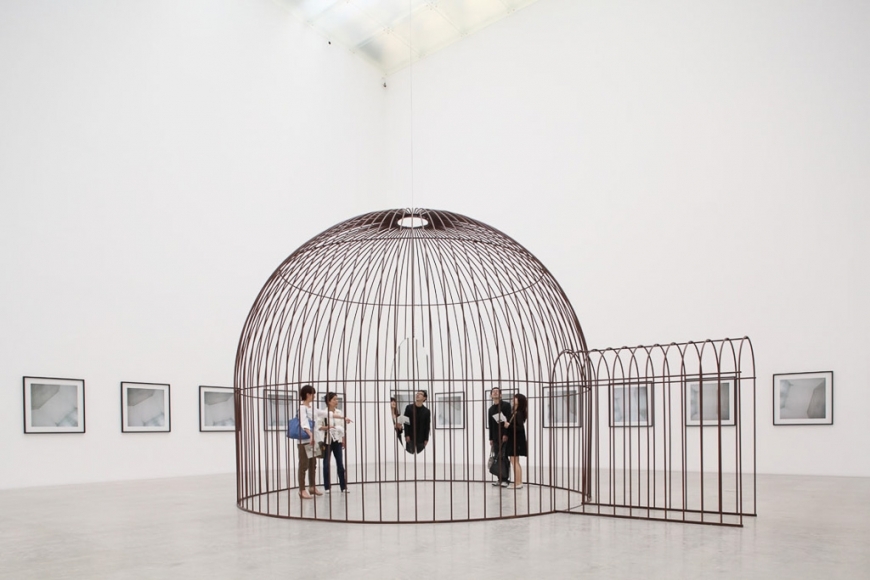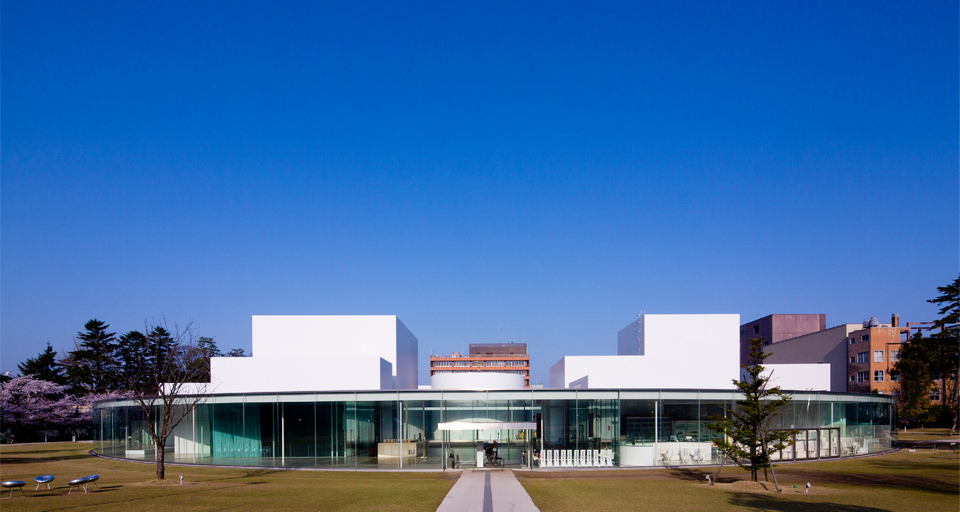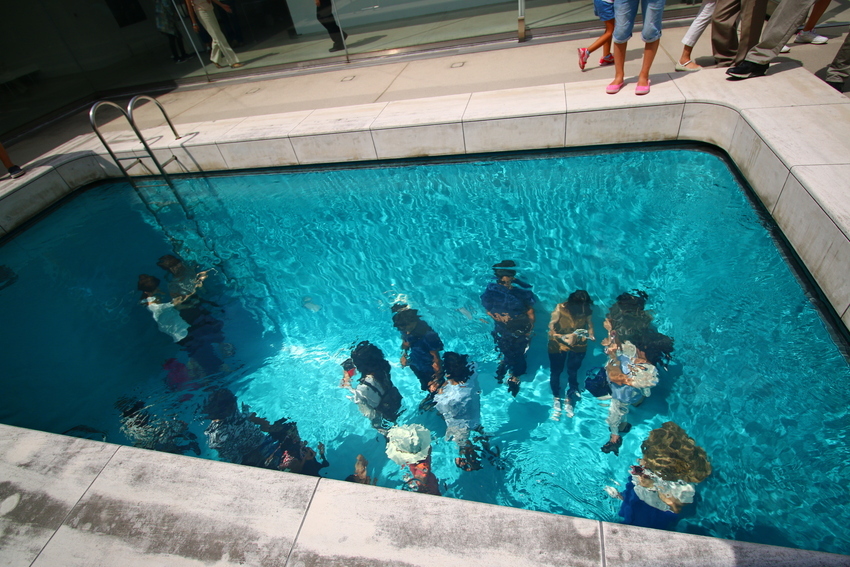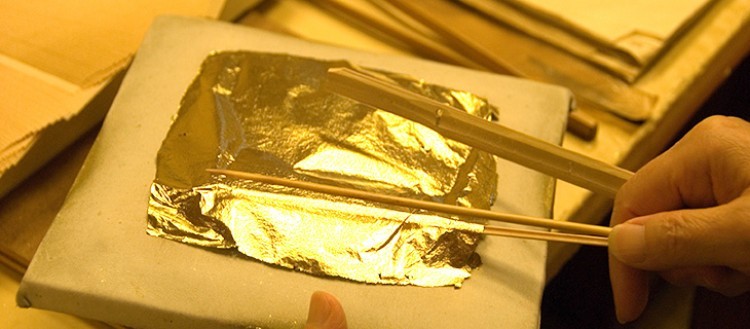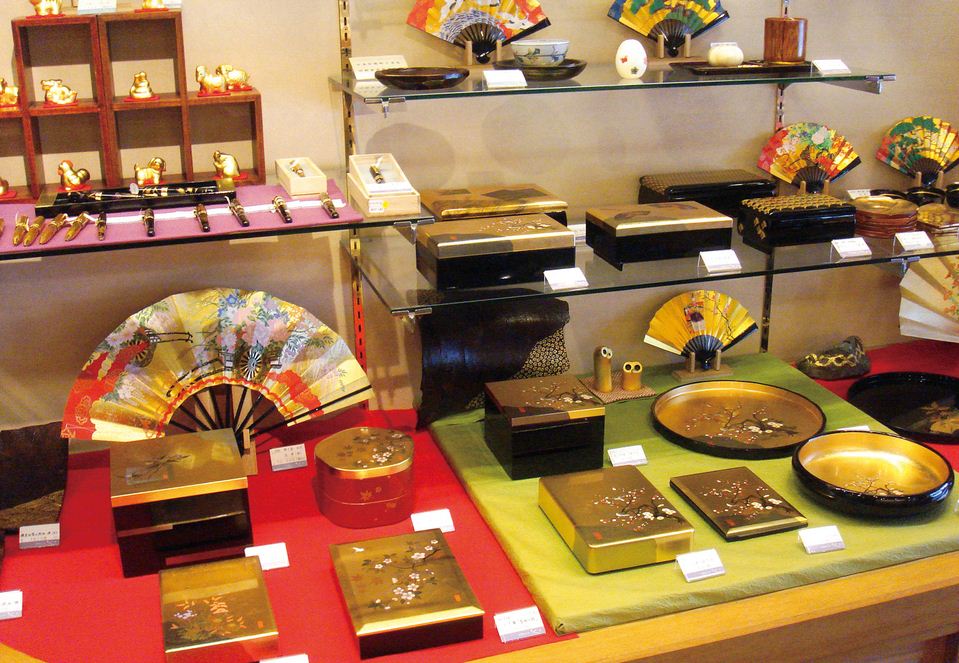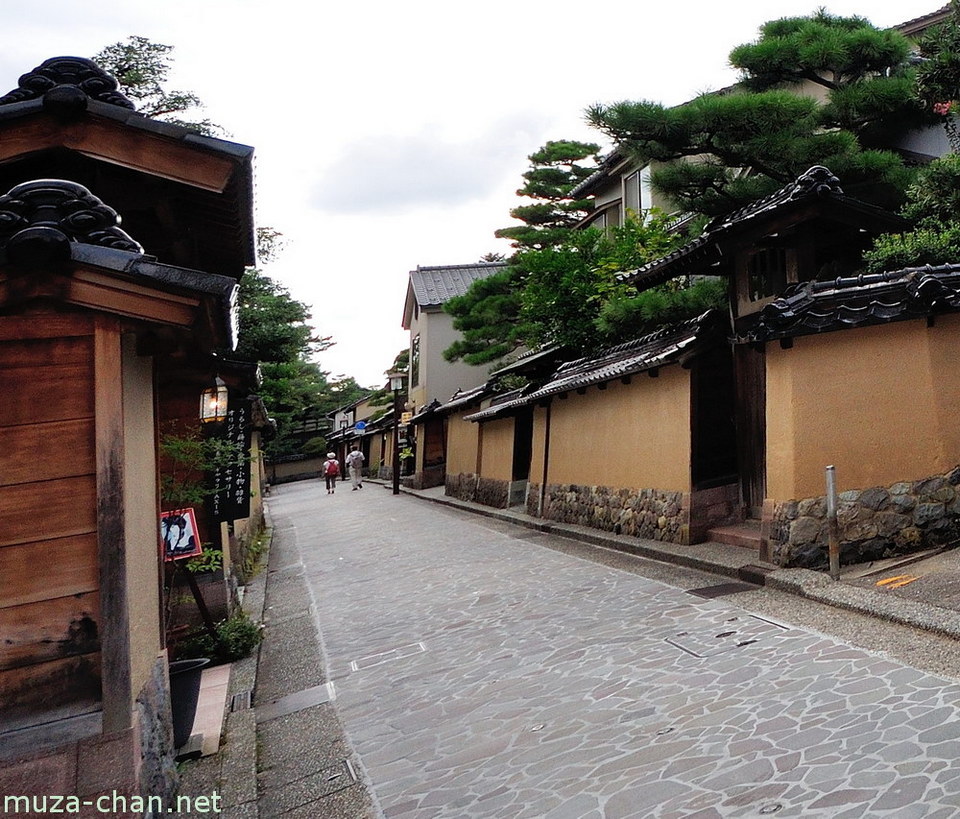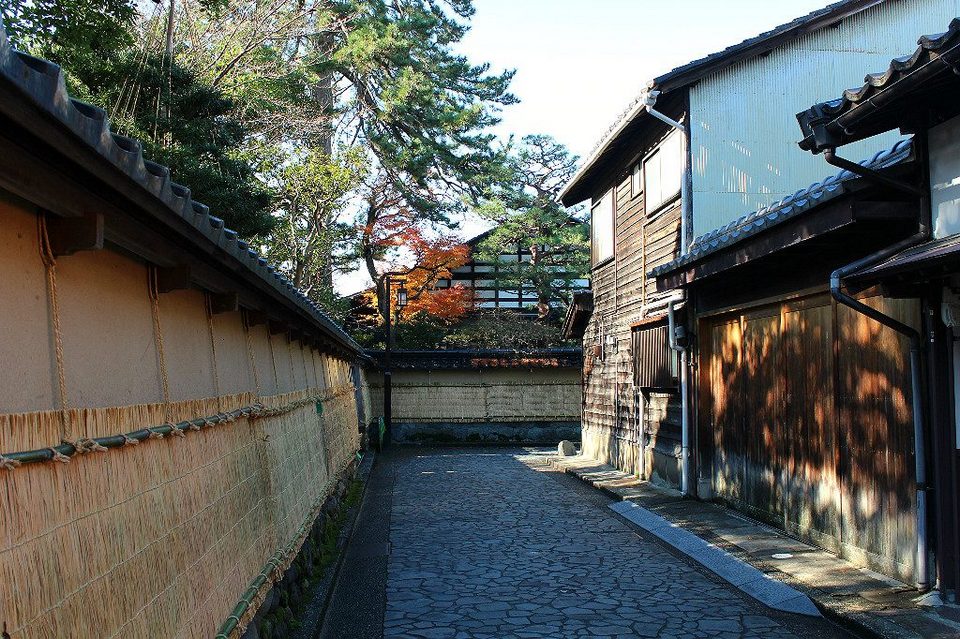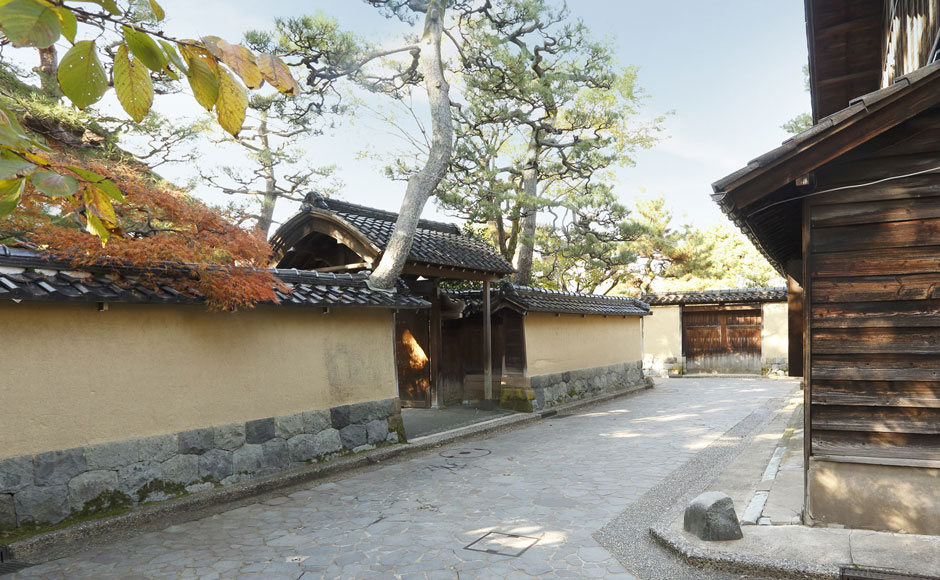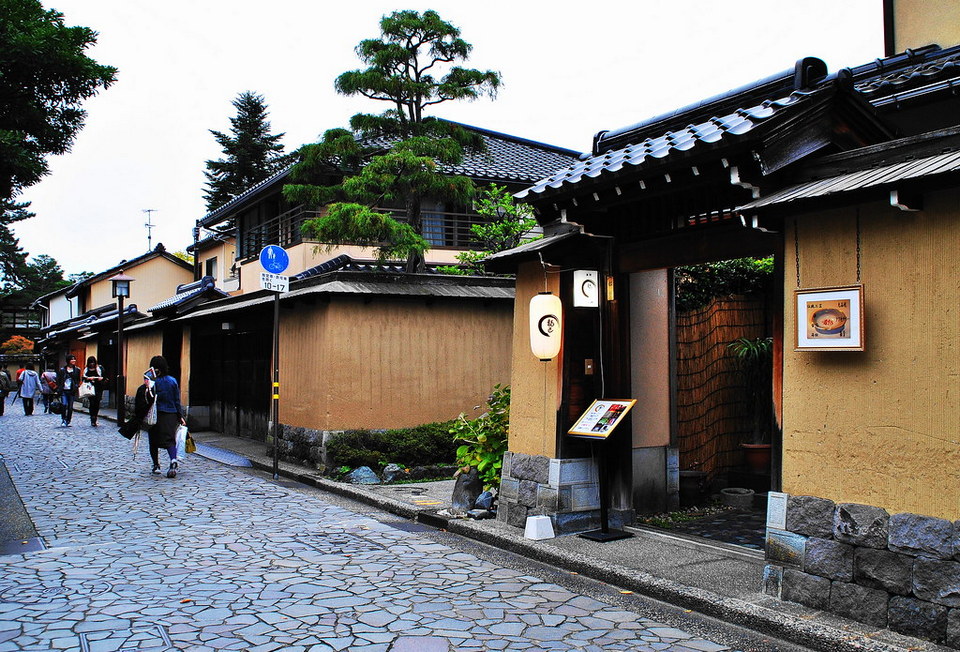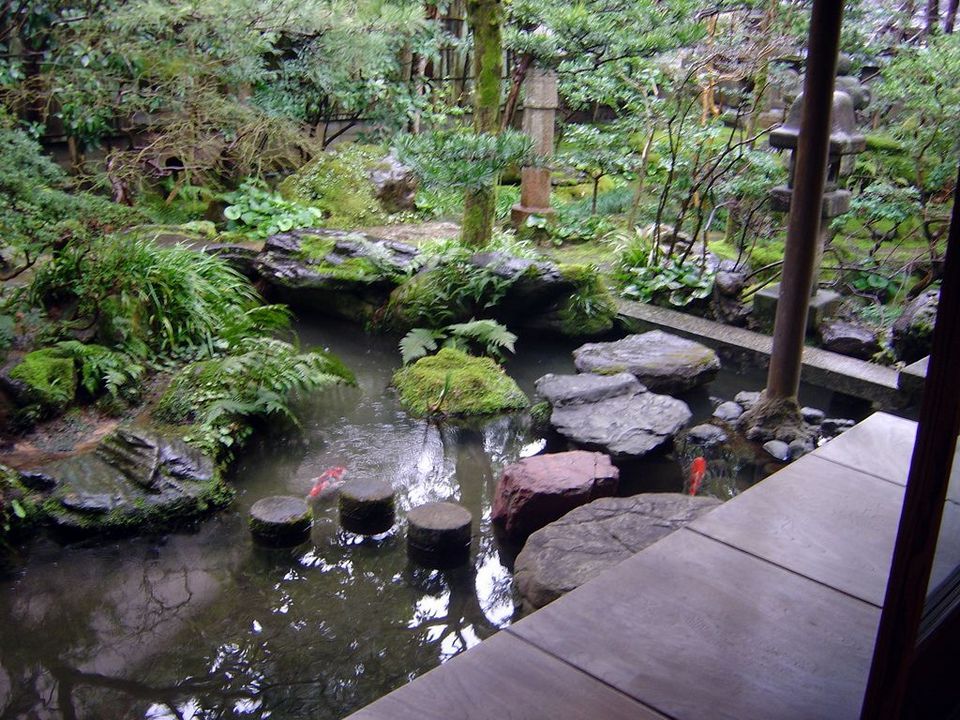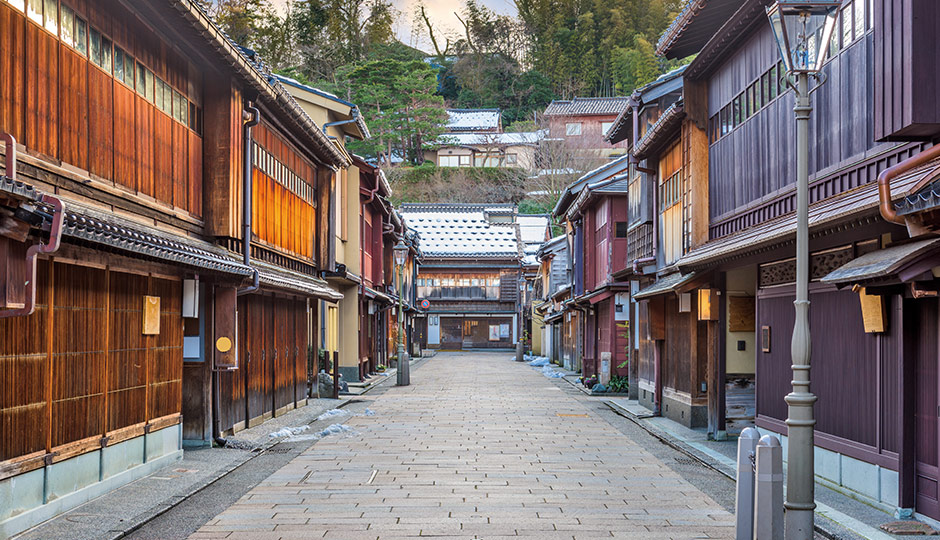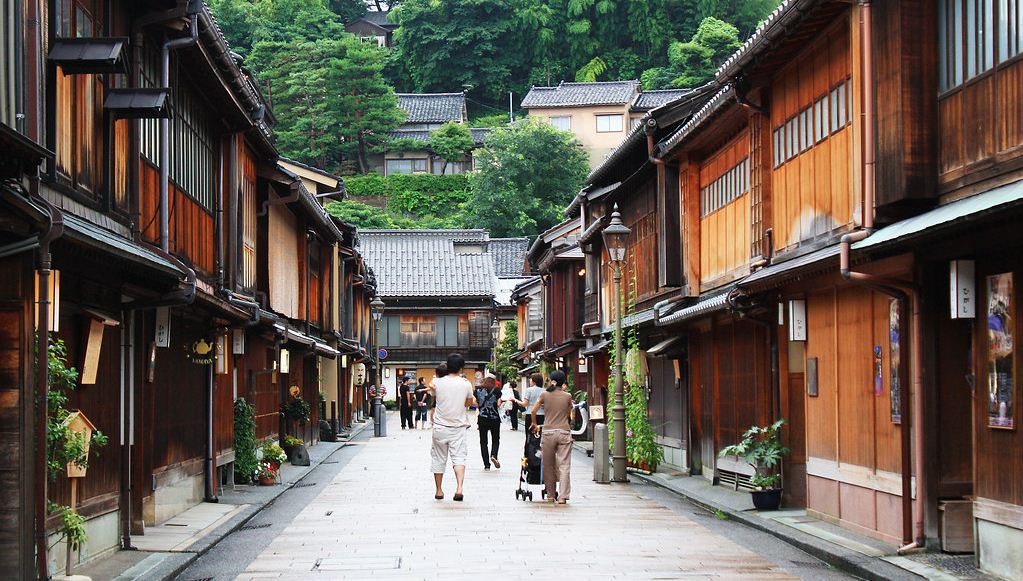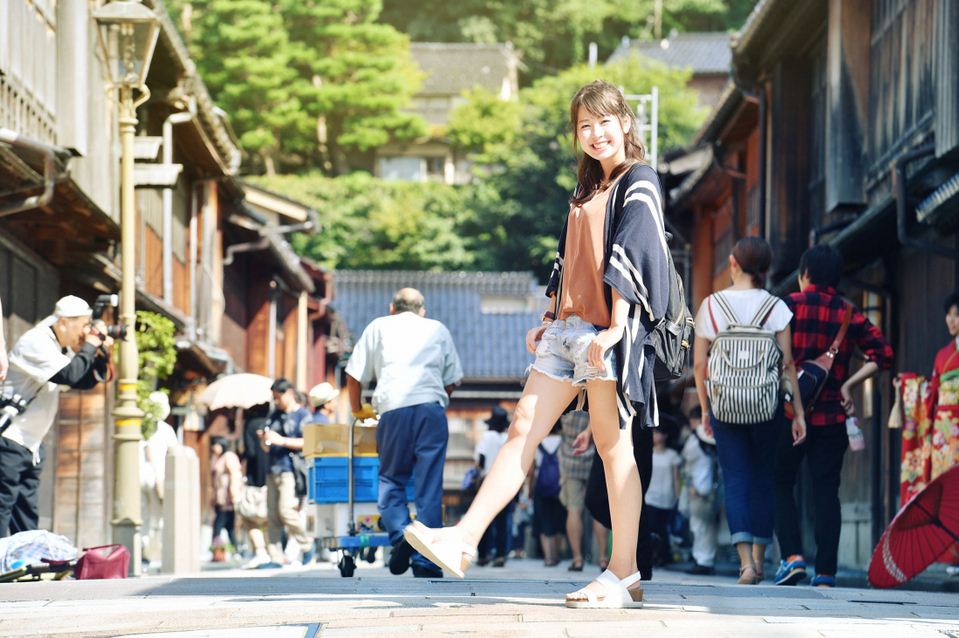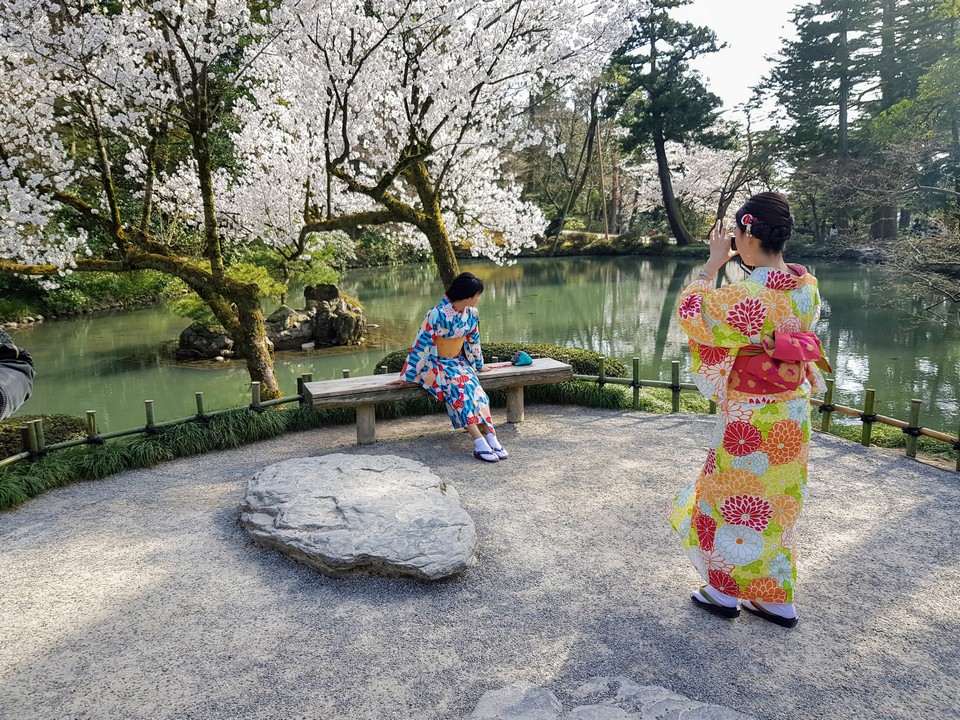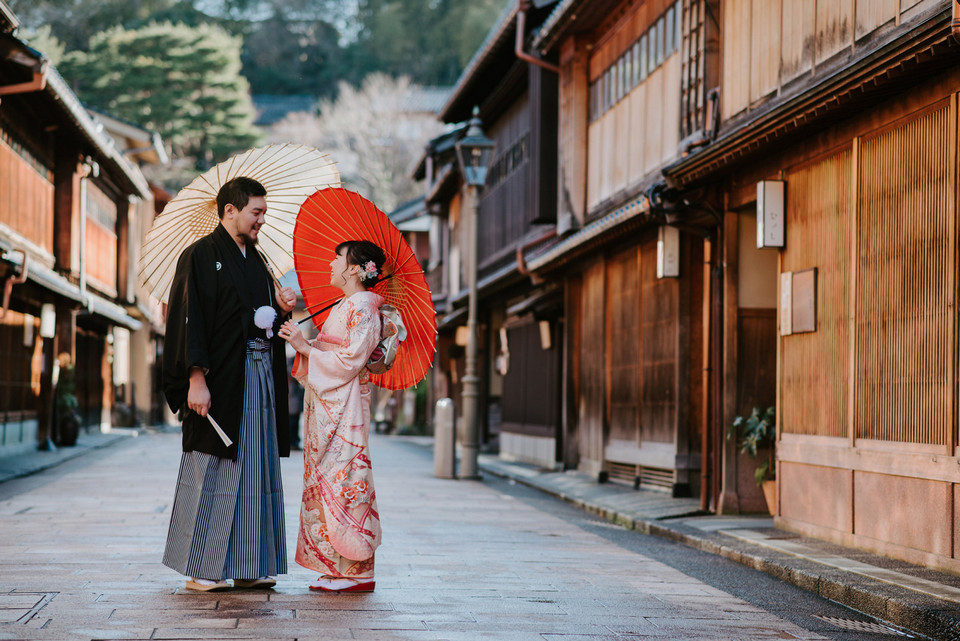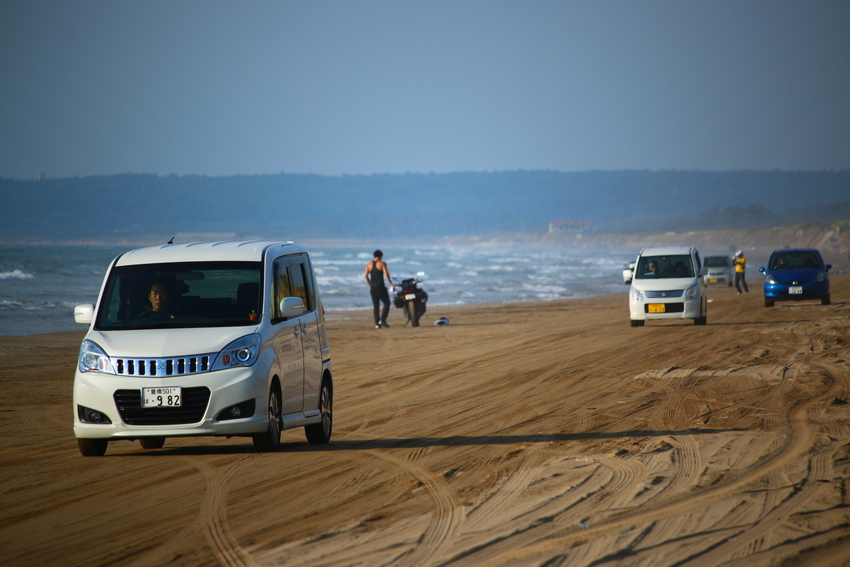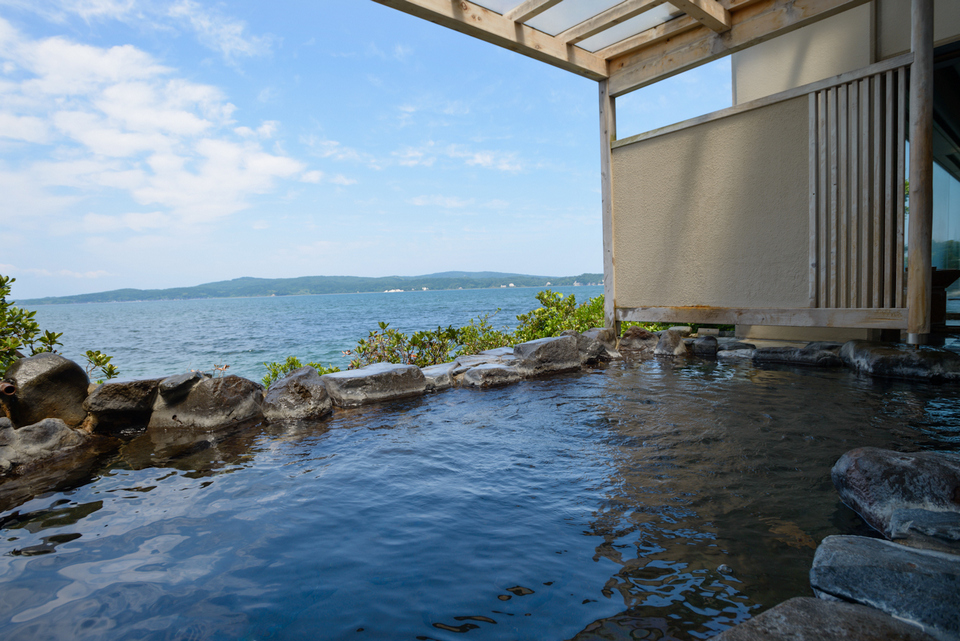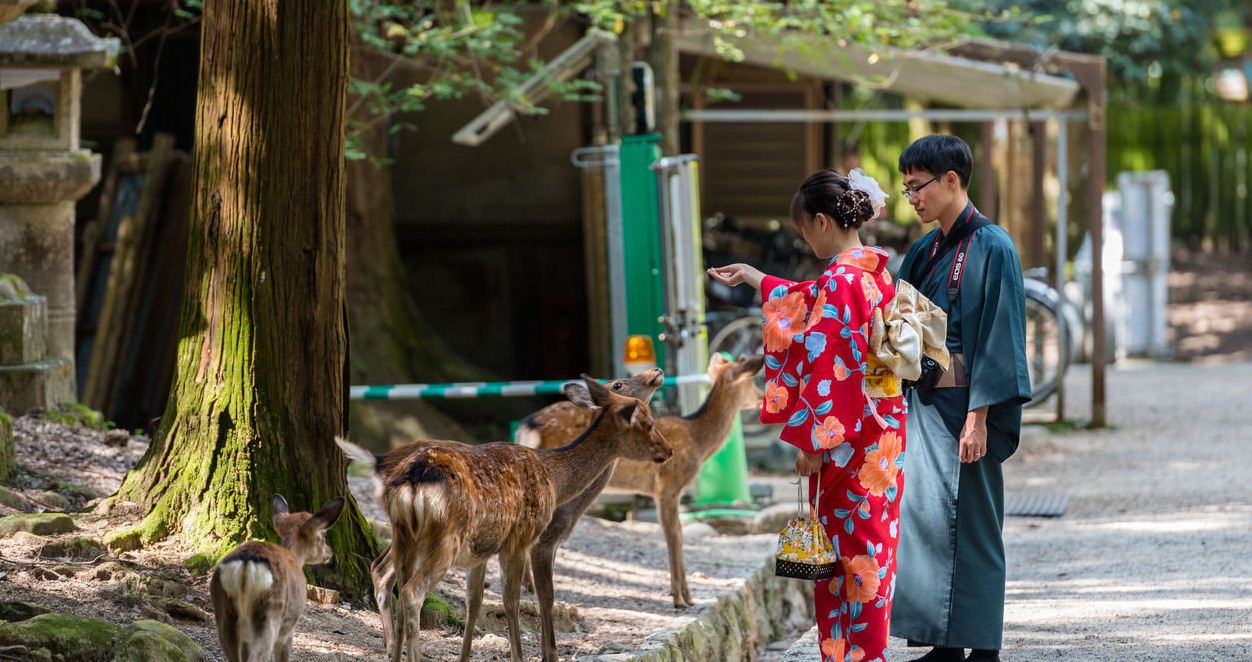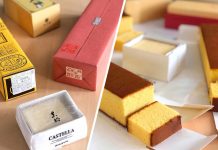At first glance Kanazawa Castle was built with the same architecture as other ancient castles in Japan, but the roof is covered with a unique layer of external lead. It is said that the lead layer will melt when the enemy uses fire to fire the castle and the soldiers will take that lead to shooting the enemy to protect the castle.
- 7 days in Japan itinerary: Suggested 1 week in Japan itinerary for what to do in Japan for 7 days
- The ULTIMATE Uji travel guide: Top attractions, best things to do in Uji Kyoto, Tips & MORE
- Kyoto itinerary 5 days: How to spend 5 days in kyoto perfectly?
- 19+ best sightseeing spots & most beautiful places to see in Japan: Mountains – Forests – Seas – Cities
- The ULTIMATE Gifu travel guide: Top attractions, best places to visit, stay & MORE

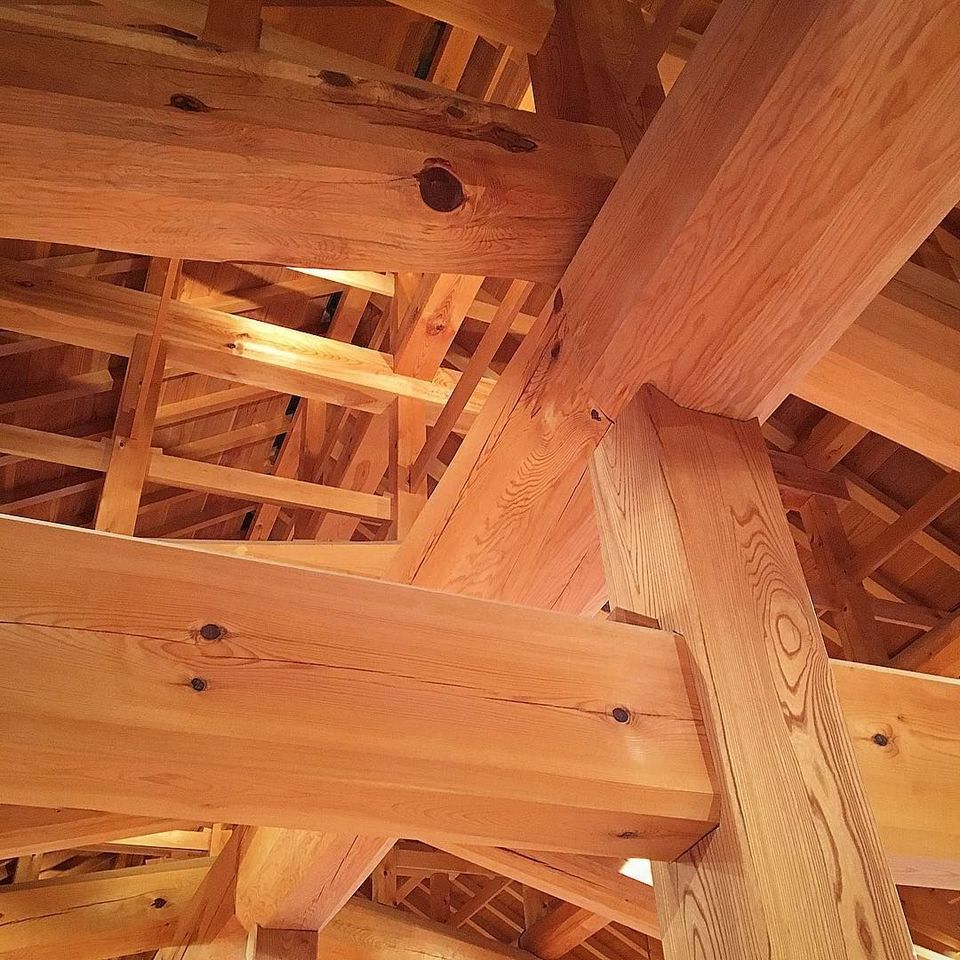

Through many ups and downs, events in history, the castle has been repaired, restored and become a tourist attraction of Kanazawa. Stone walls covered with green moss color make the castle more ancient. The moats around the castle once prevented the footsteps of the enemy now lying relaxed there, shimmering with cherry blossoms …
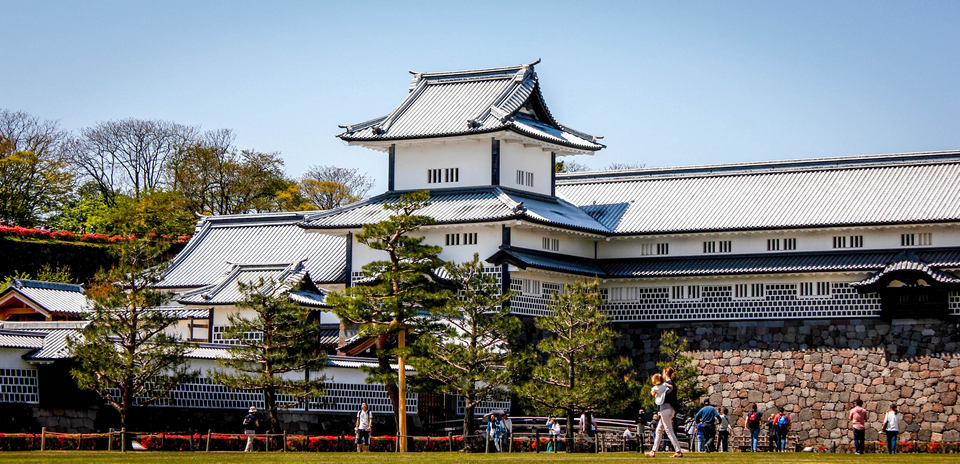
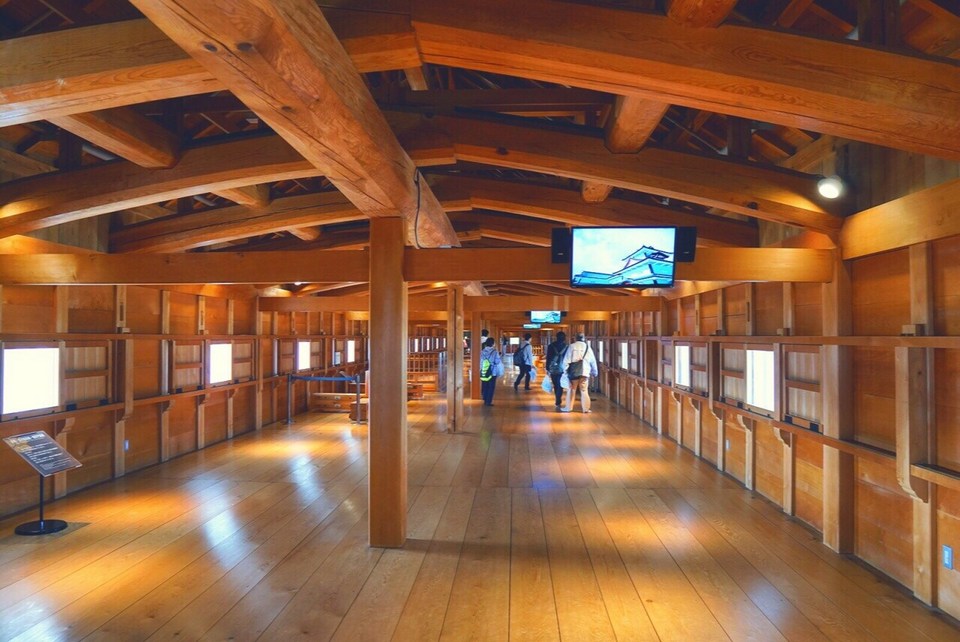
Address: 1-1 Marunouchi, Kanazawa, Ishikawa 920-0937, Japan
Opened: 1583
Hours: 7AM–6PM
Phone: +81 76-234-3800
Admission: Free
Tea Ceremony (Chado)
Speaking of Japanese traditional culture, it is can not help but mention Tea ceremony. Kanazawa with Higashi Chaya old town is a place with many marks of old tea shops. The long old town, with wooden houses, with vertical wooden window bars lined up together is called Kimusuko.
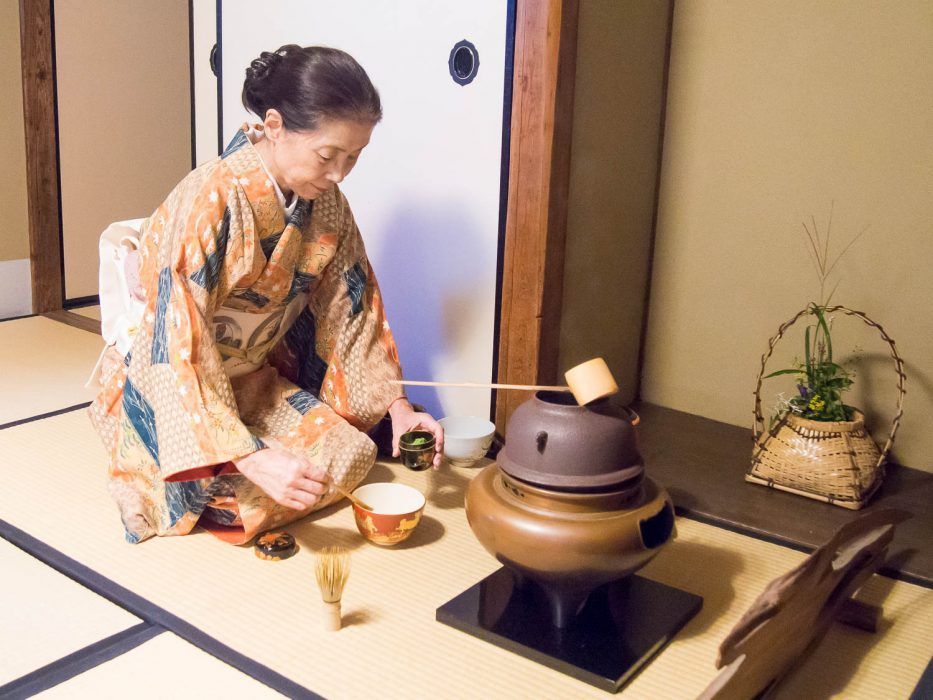
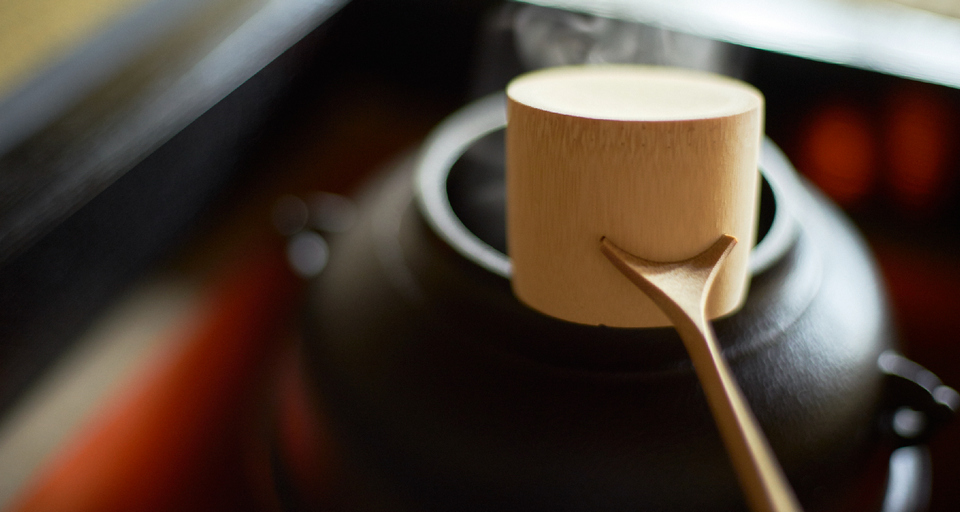
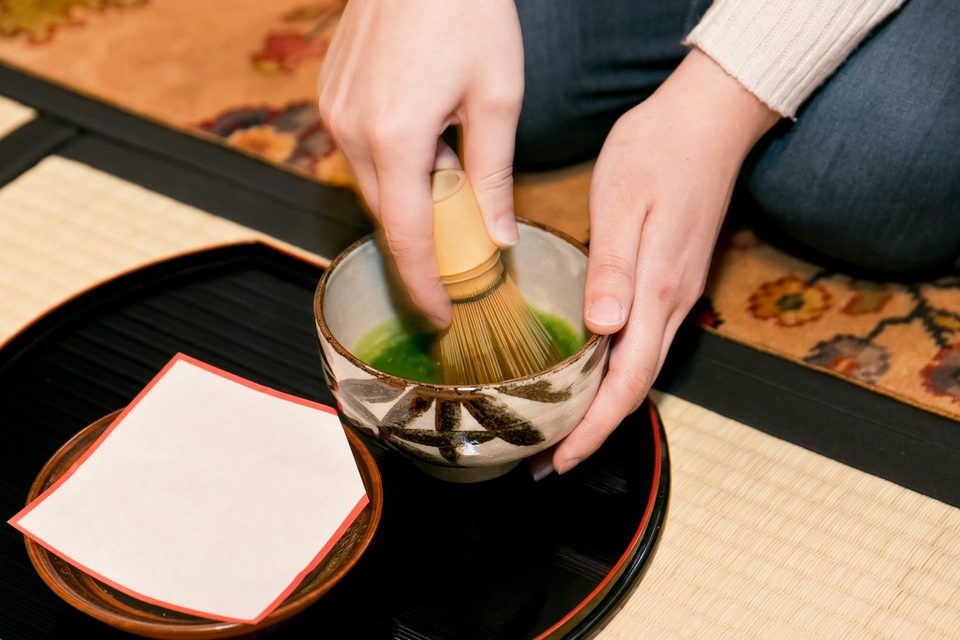
Until today, the space and way of living are still the same as in the old tea shops when the lights up, it is also filled with the sound of Shamisen Japanese ancient three stringed instrument, gentle drums, that vibrate sound make visitors feel as spiritual liberation (moksha).
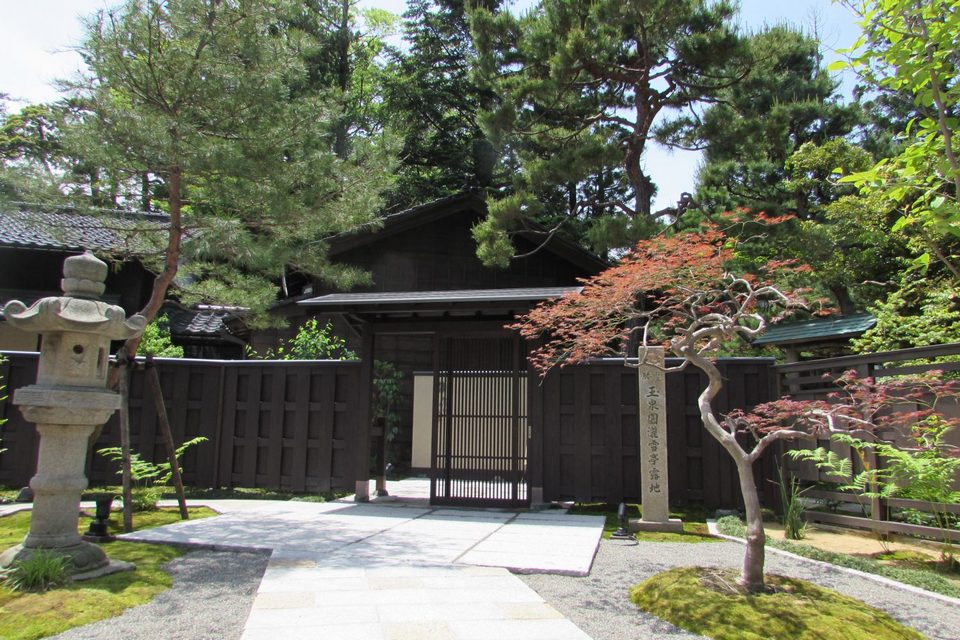
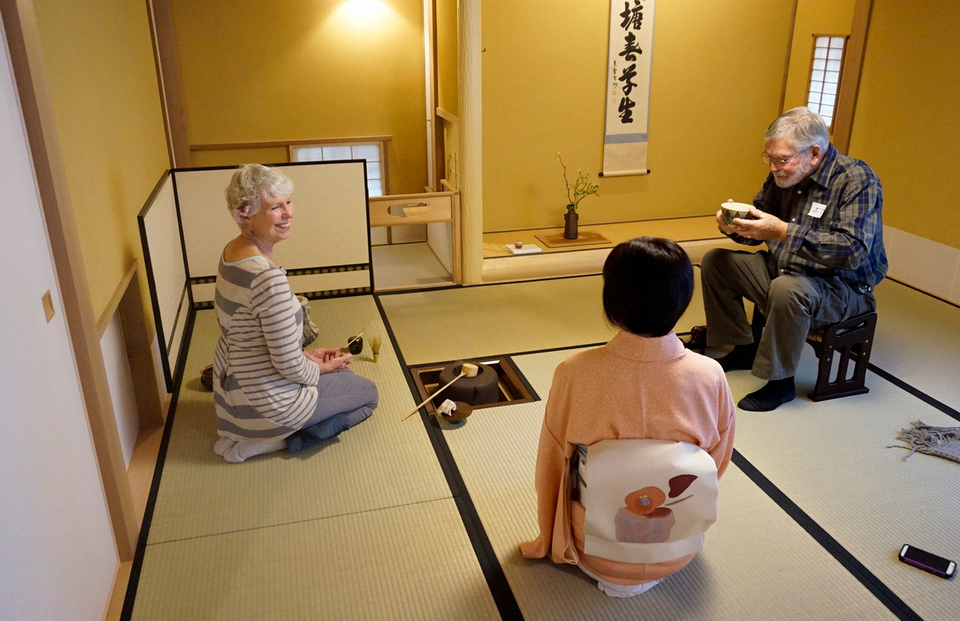
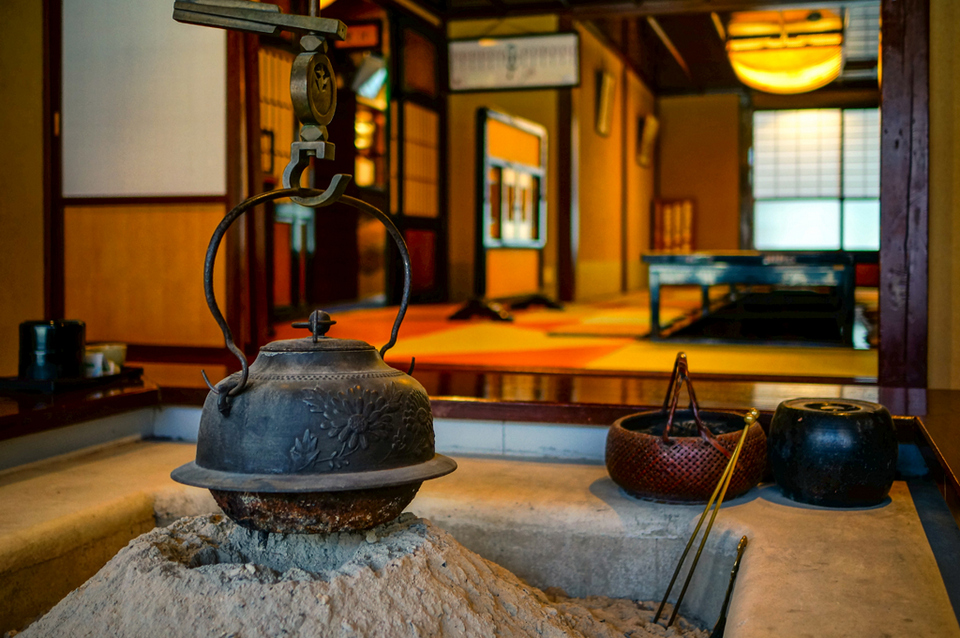
Omicho Market
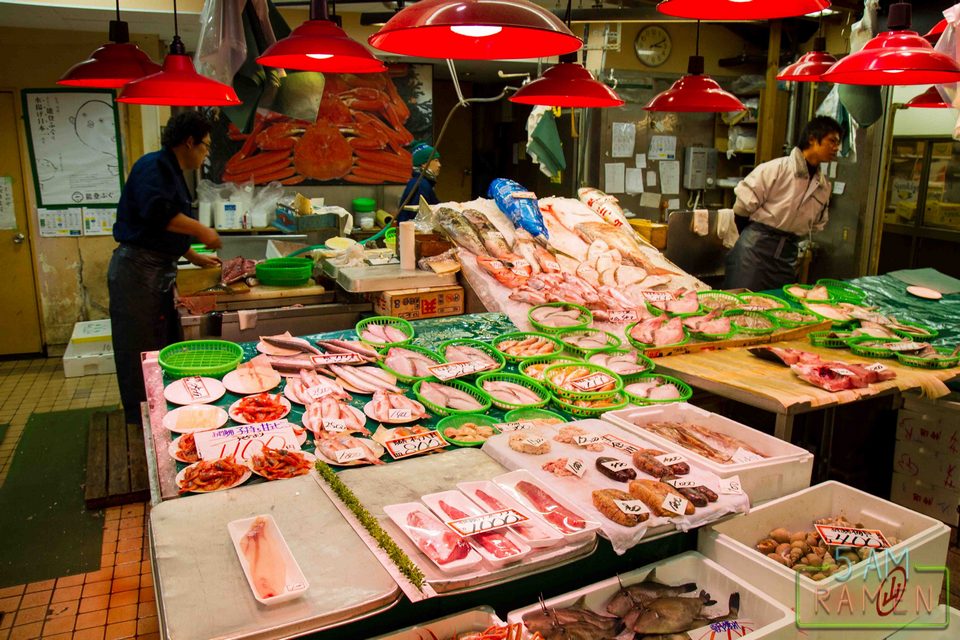
If you want to see and feel a glimpse of the daily life of people here, you can visit Omicho market. With nearly 300 years of age, Omicho market is a busy business place of fresh food, fruits, clothes … but the most famous is fresh seafood.
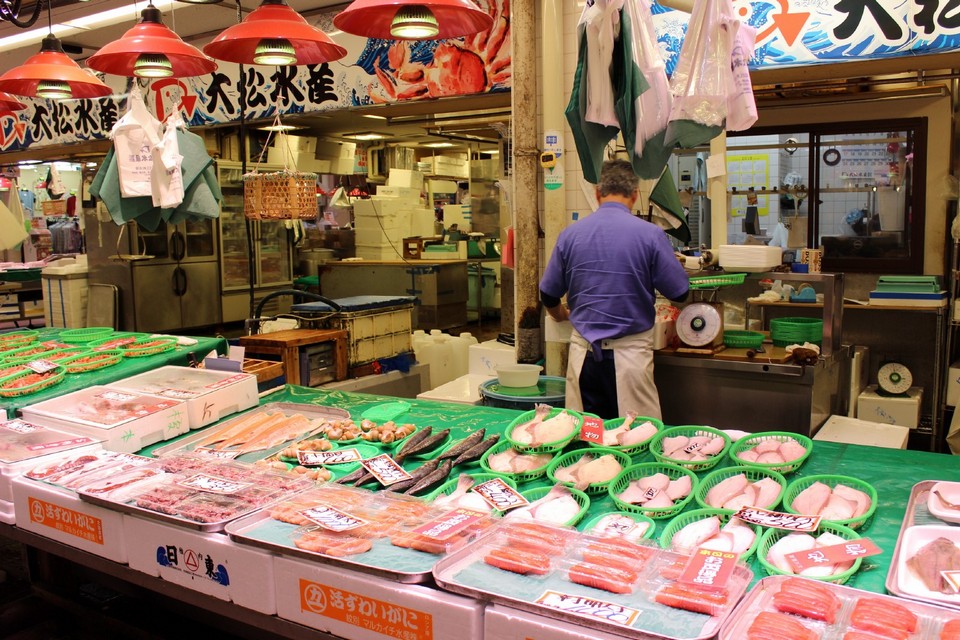
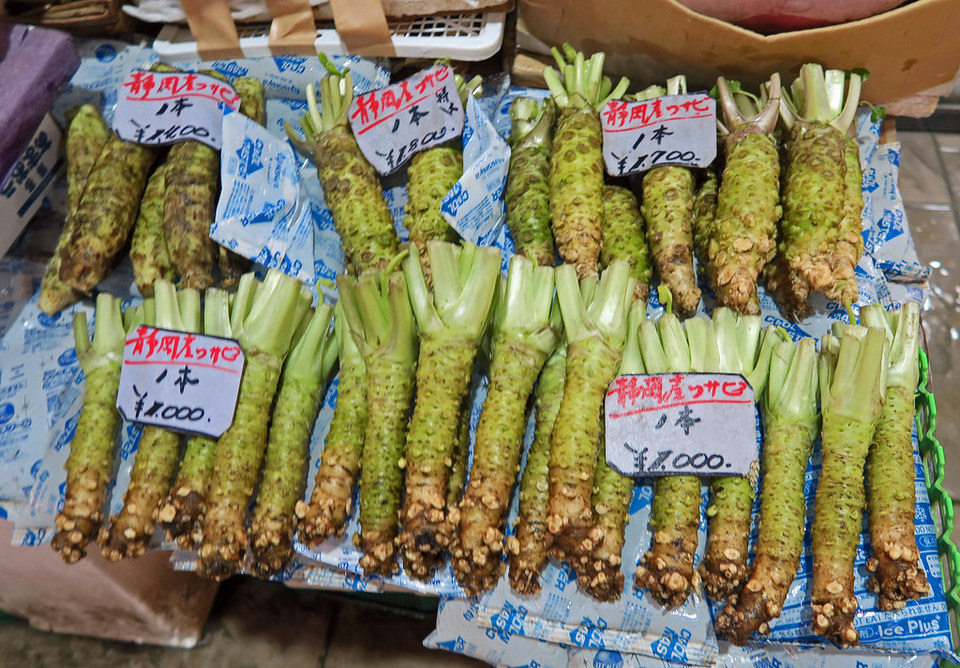
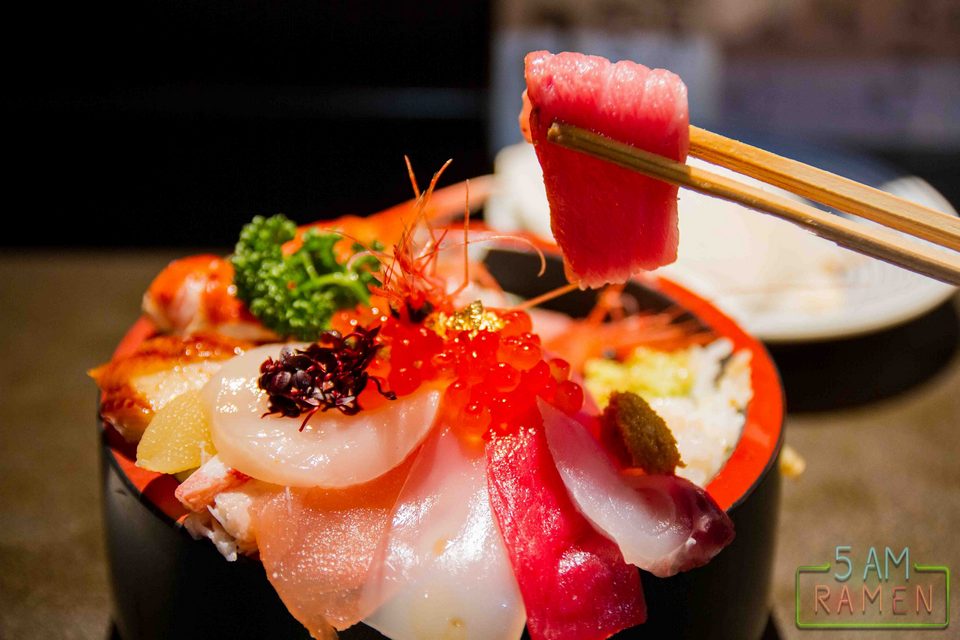

Come to the market, you can enjoy Sashimi, grilled fish, local specialties … right at the stores. Kanazawa people who come to the market every time cannot help but buy Zuwaigani crab (snow crab) which is famous in the culinary culture. The Omicho market is a hallmark which featuring the characteristic of Kanazawa residents.
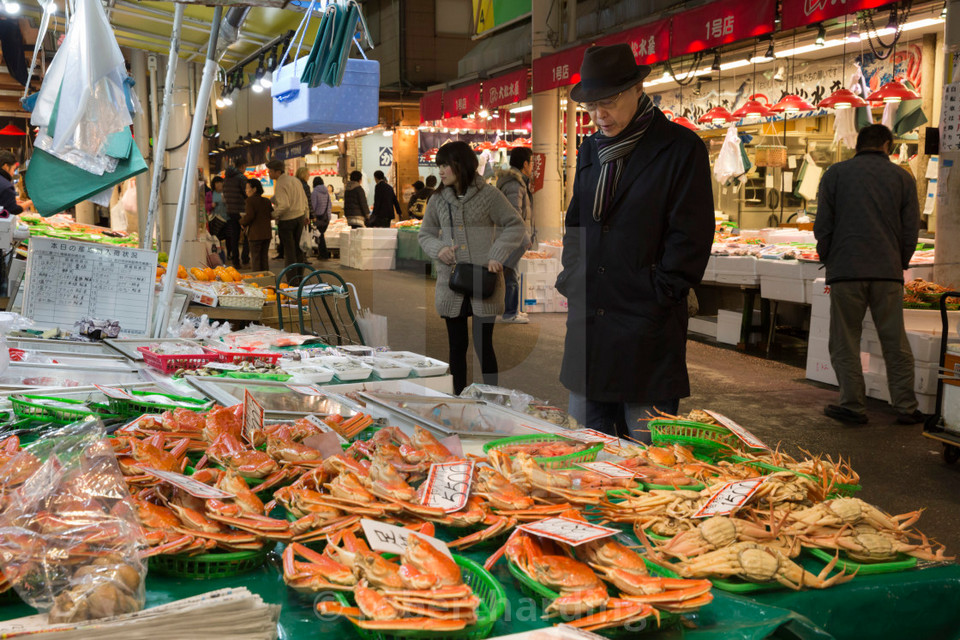
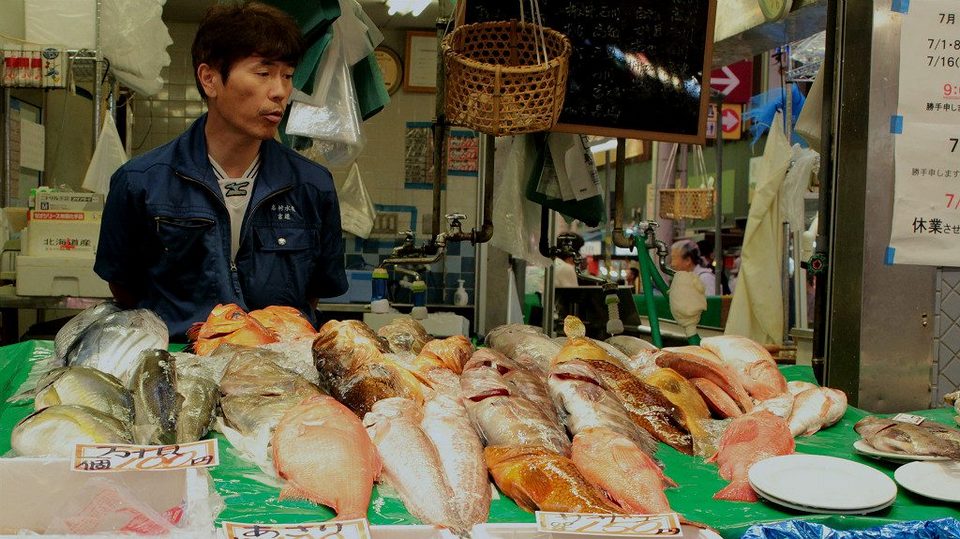
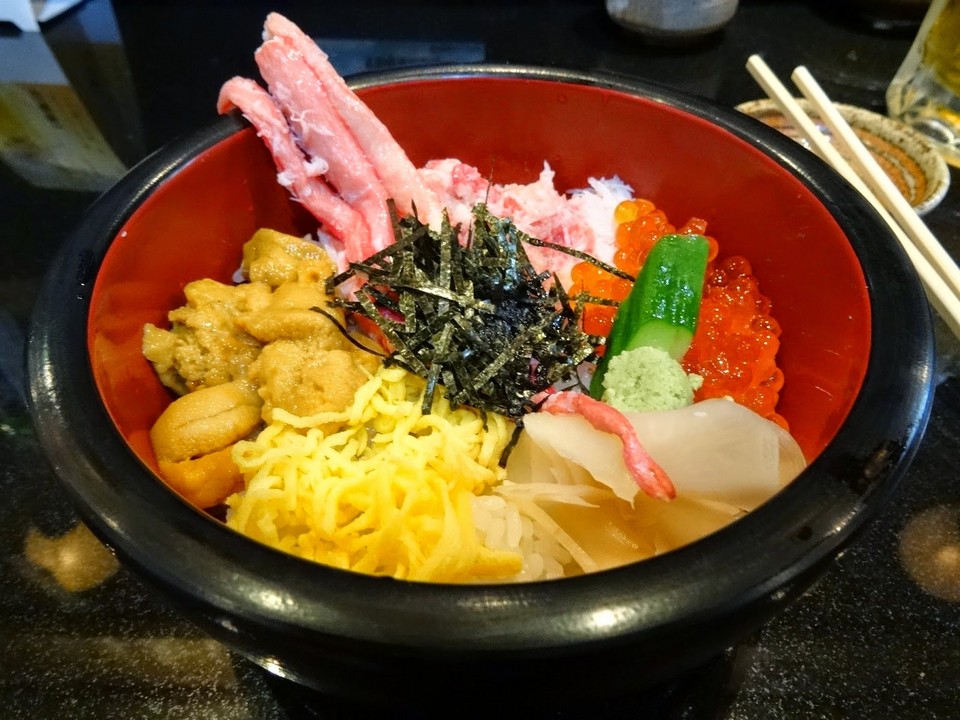
Omicho market still keep the remained as the center of Kanazawa for over 280 years. At the market, Japanese people sell a lot of items from vegetables, fruits, to fish, shrimp, and many other things. At some fish shops, they often offer special sushi meal with fresh fish slices that caught from Japanese waters. If you love sushi, don’t miss Omicho market!
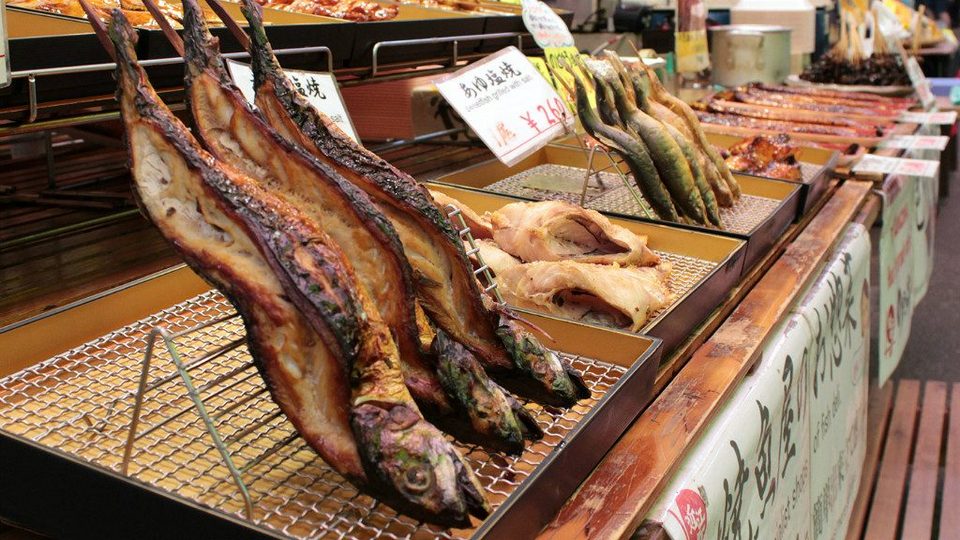
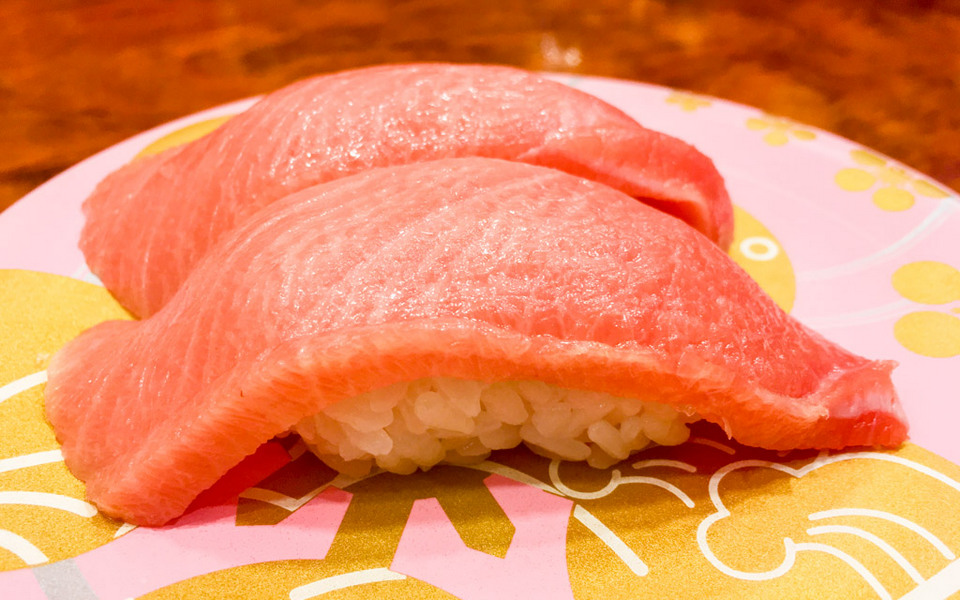
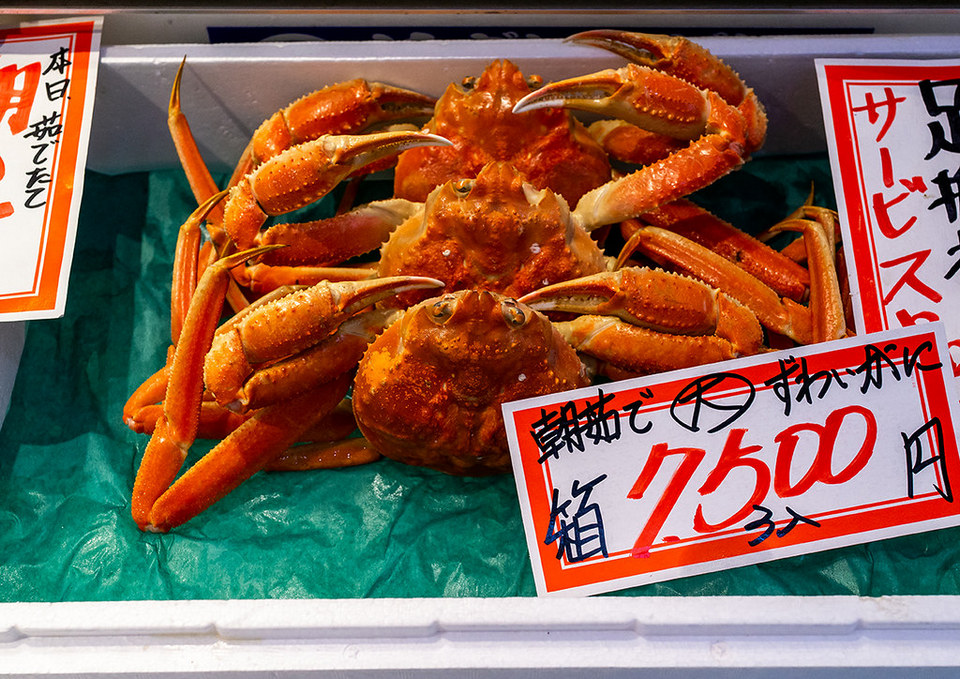
Address: 50 Kamiomicho, Kanazawa, Ishikawa 920-0905, Japan
Hours: 9AM–5PM
Phone: +81 76-231-1462
Myoryuji (Ninja Temple)
Myoryuji Temple was originally built as a place to pray, but then this temple was considered by the Maeda family as a shield for the surprise attacks of the Tokugawa Shogunate. Myoryuji Temple hides a lot of special mechanisms to escape attacks, so it is also called the Ninja Temple.
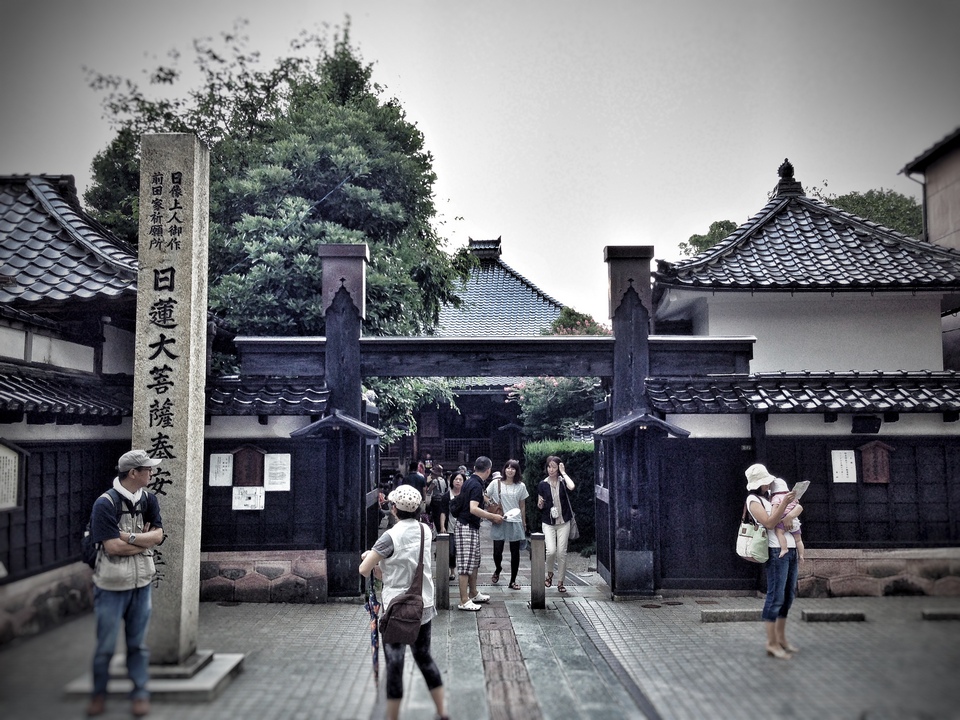
Address: 1-2-12 Nomachi, Kanazawa 921-8031, Ishikawa Prefecture
Opened: 1643
Phone: +81 76-241-0888
Hours: 8:00 AM – 4:30 PM
21st Century Museum of Contemporary Art
Kanazawa is one of the cities considered has the most attractive tourist attractions in Japan, which is considered to be a place that mixed traditional beauty with modern beauty. If the above introductions are the feature points of traditional culture, then the 21st Century Museum of Contemporary Art (Kanazawa 21seiki Bijutsukan) is the place to express modern ideas, creativity and achievements of Japan.
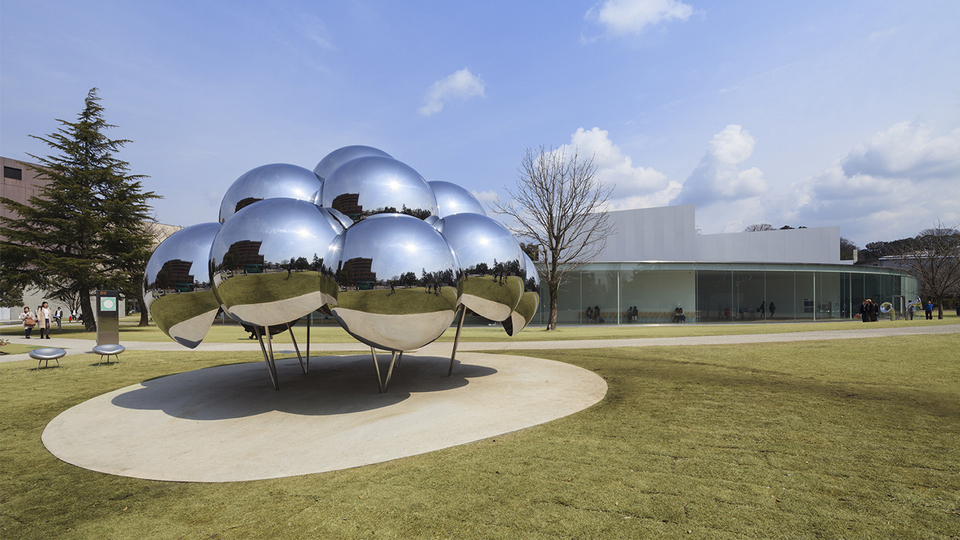
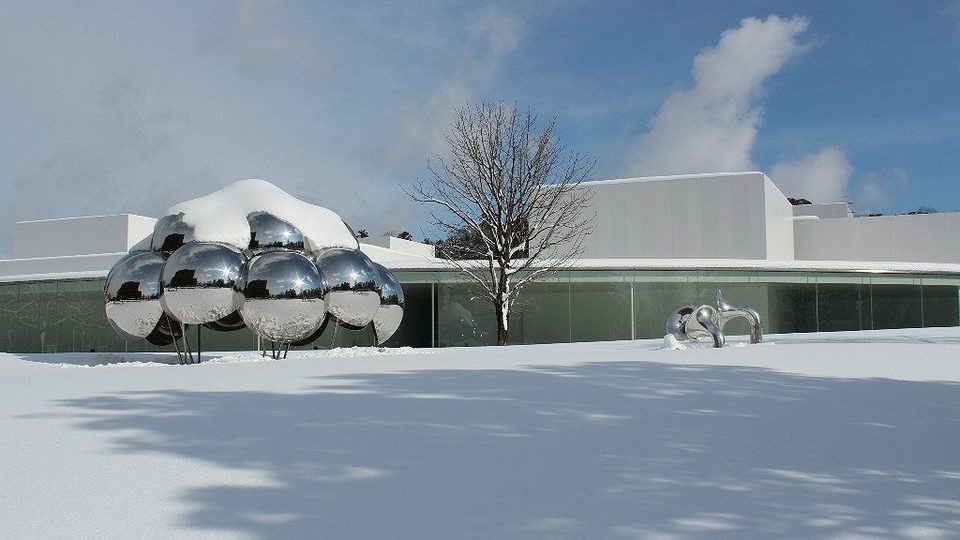
The museum was built with two major purposes: “creating new culture”, and “creating a new dynamic face for the city”. The goal of the museum is to become an open space like a park where people can interact and meet and experience.
With its unique architecture, in 2010, the Museum won the Pritzker Prize (an annual award and the best award in the world for architecture, as a Nobel Prize for architecture). Also, the museum is also in the top 10 museums that tourists want to visit the most, ranking the second in the top 10 most attractive children’s parks and museums (according to the statistics of the Japan Economic Times in 2014).
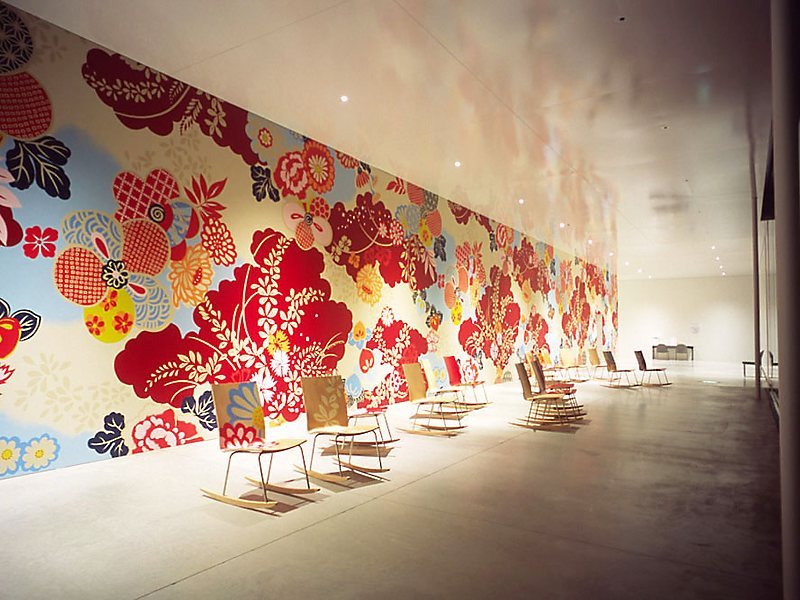
The museum was opened in 2004 and attracted a lot of tourists because of its uniqueness in the round design with the surrounding glass walls. Not only that, the museum also organizes free exhibitions, free openings for both children and adults. You can also buy special souvenirs here.
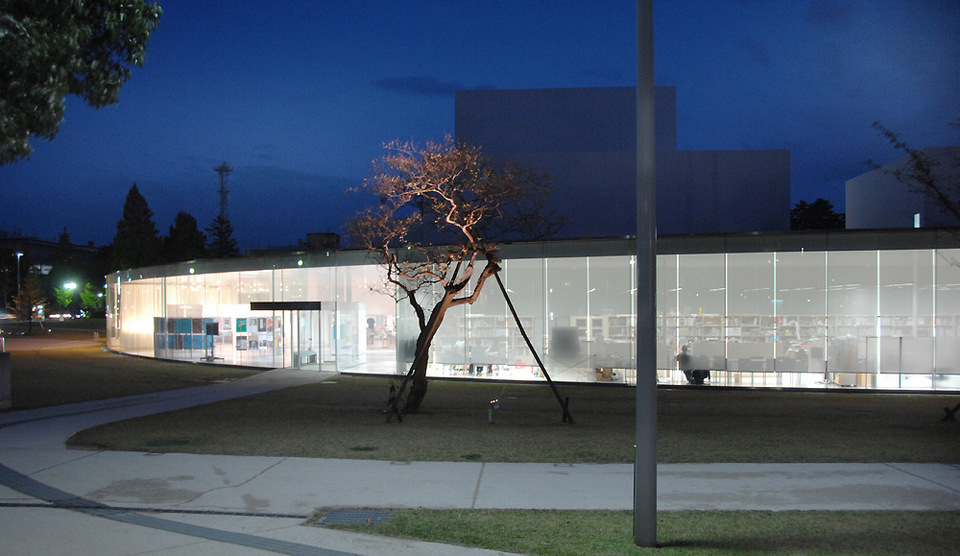
Inside the museum, visitors can touch many works of many modern artists, focusing on modern art mainly. In the collected works, the most appealing artwork is Leandro Erlich’s “Swimming pool”. From a distance, it was like a normal swimming pool, but approached and tried to look inside, you will see people walking.
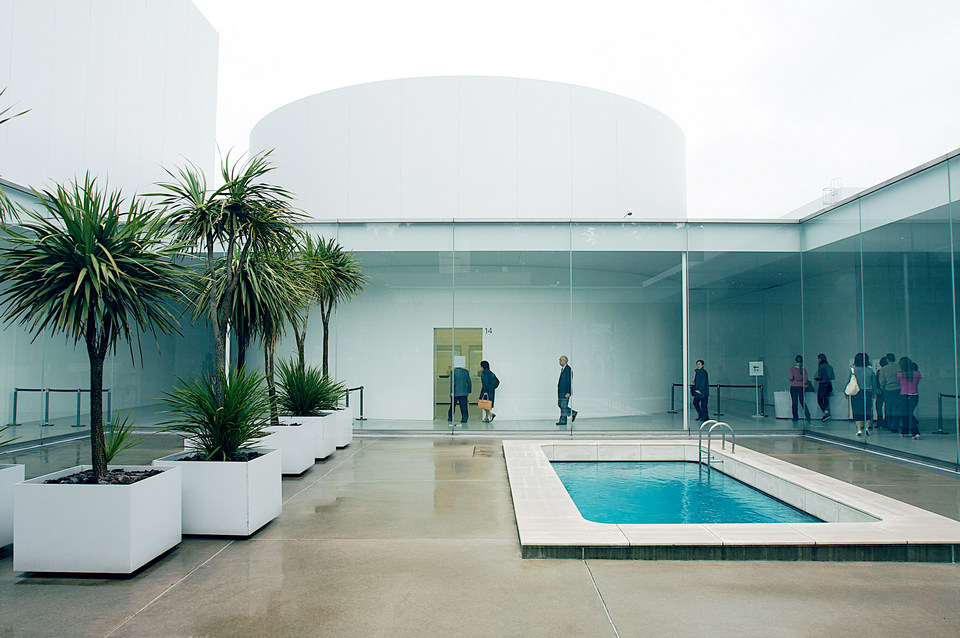
Address: 1 Chome-2-1 Hirosaka, Kanazawa, Ishikawa 920-8509, Japan
Opened: October 9, 2004
Hours: 10AM–6PM
Monday: Closed
Architects: Kazuyo Sejima, Ryue Nishizawa
Url: https://www.kanazawa21.jp/en/
Experience Gold-plated Art
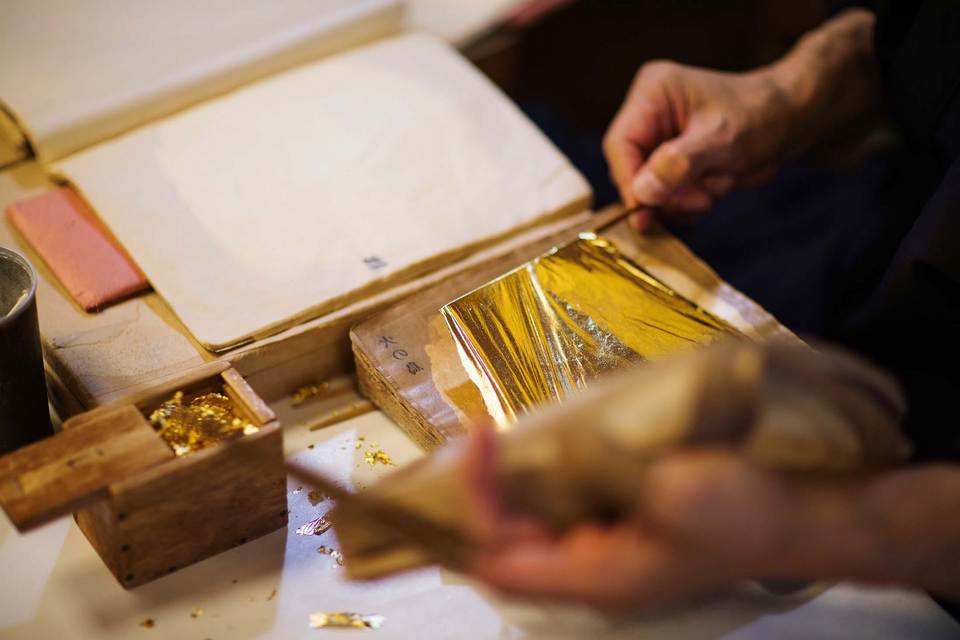
Kanazawa was recognized by UNESCO as a city of traditional handicraft industry in Japan (handmade crafts, gold-plated paintings, ..). The certification of this industry in Kanazawa is the first city certification in the world.

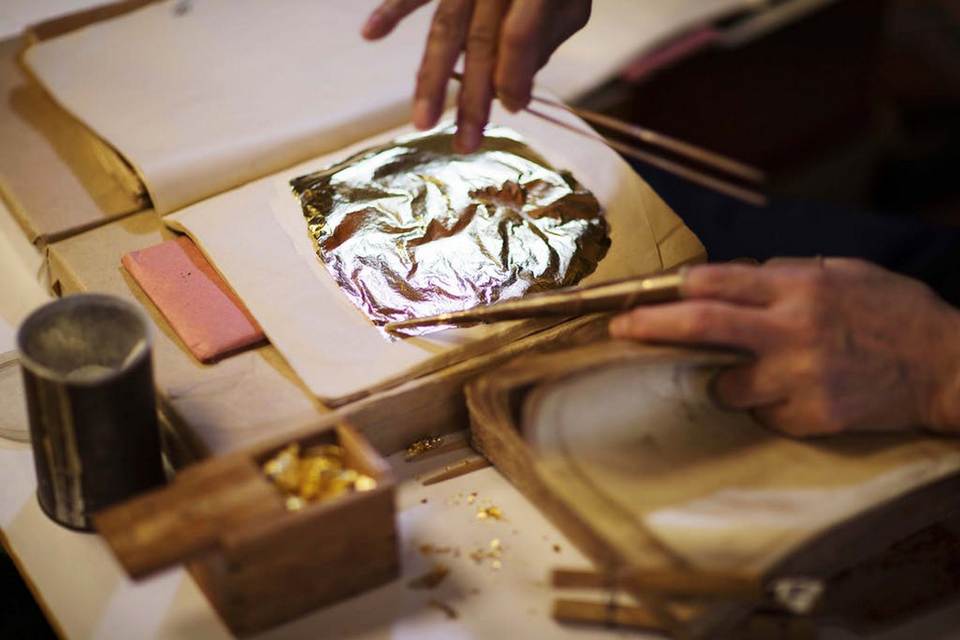
When referring to Japan, we often refer to Mount Fuji (Fuji), Golden Temple of Kinkakuji, Silver Temple of Ginkakuji. Why call Golden Temple? Because it is inlaid with golden leaf plates, and Kanazawa is the place where almost 100% of Japanese golden leaf plates are produced with a thinness that can reach 1/10.000 mm.

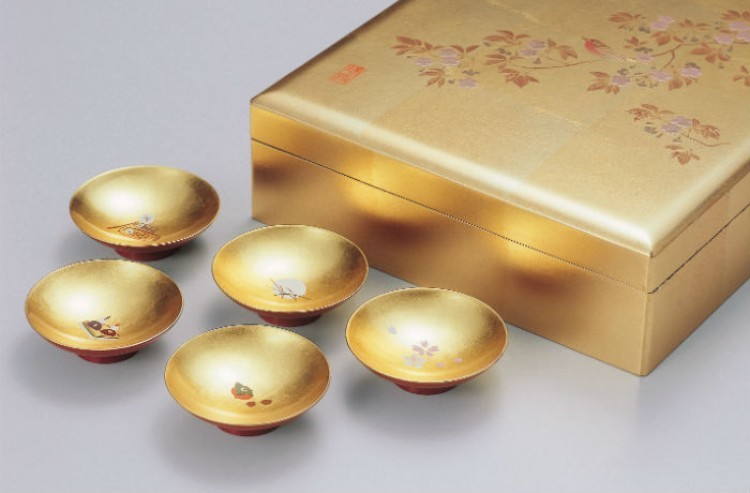
Golden leaf plates is an indispensable material in handicraft stores, as well as in the construction of Japanese architectural, cultural-art works, inherited and developed until today. You can visit a few handicraft shops and explore gold inlaid art here.
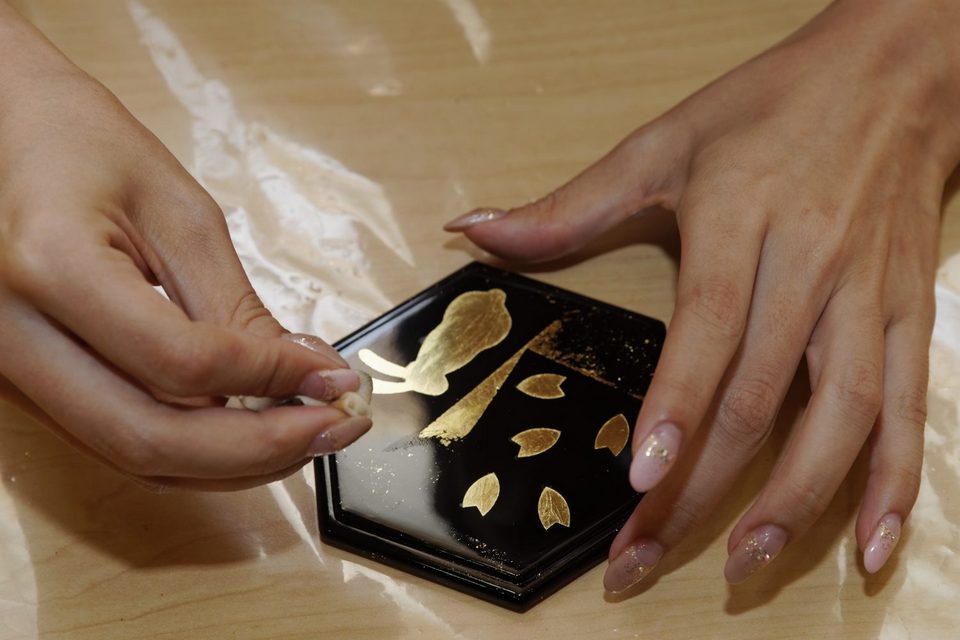

Nagamachi Samurai District
If Kyoto is famous for the geisha streets of Gion, then Kanazawa is the kingdom of samurai. If you go to Kanazawa without visiting Nagamachi Samurai District, it is unlikely that you have not come to this place yet! It was a picturesque place, especially when coming here in the sunny afternoon. The golden sunlight poured honey into the golden-brown walls, onto the shiny leaves. Small winding alleys lead you from one surprise to the other.
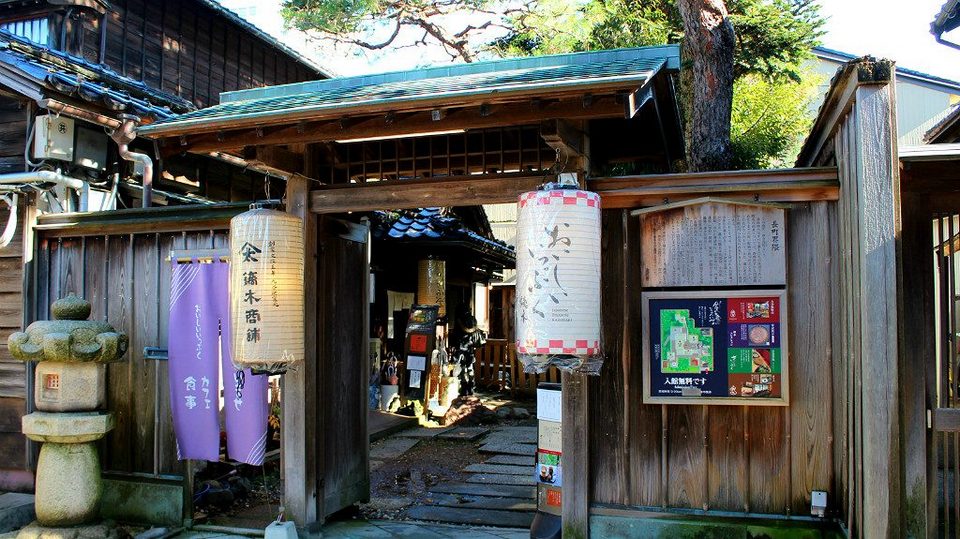
If you go to Kanazawa without visiting Nagamachi Bukeyashiki, it is the most regrettable thing. This is the residence of samurai in the Edo period (from the 17th century to the 19th century), the feudal domain of the Kaga held by Shogun Maeda Toshiie, thriving to become a big city only behind Edo (now Tokyo) and Osaka.

Currently, indigenous people still live in the streets with earth walls running along the roads. Walking around small paving stone lanes here, visitors will suddenly find themselves in a space filled with nostalgia.
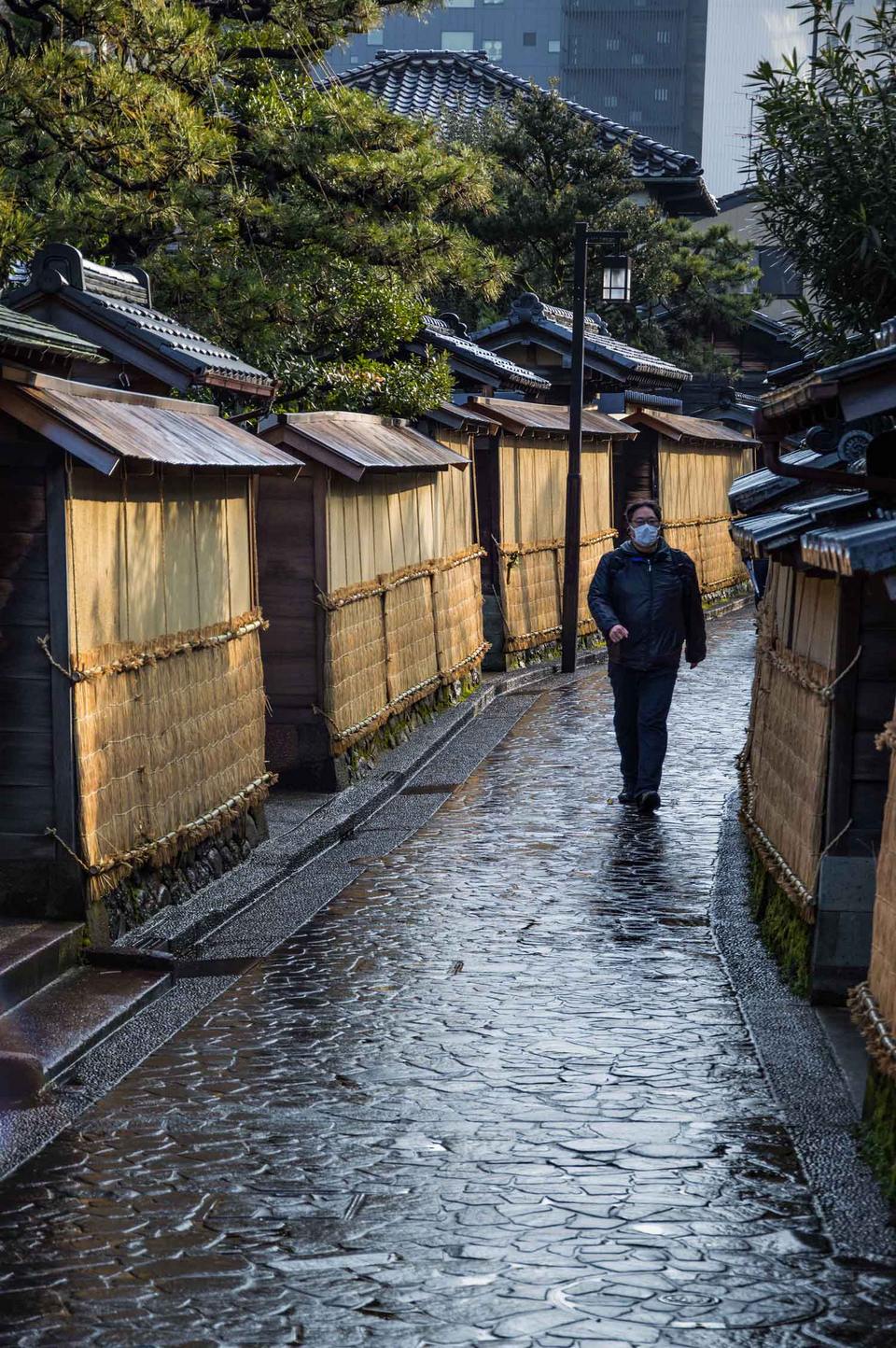
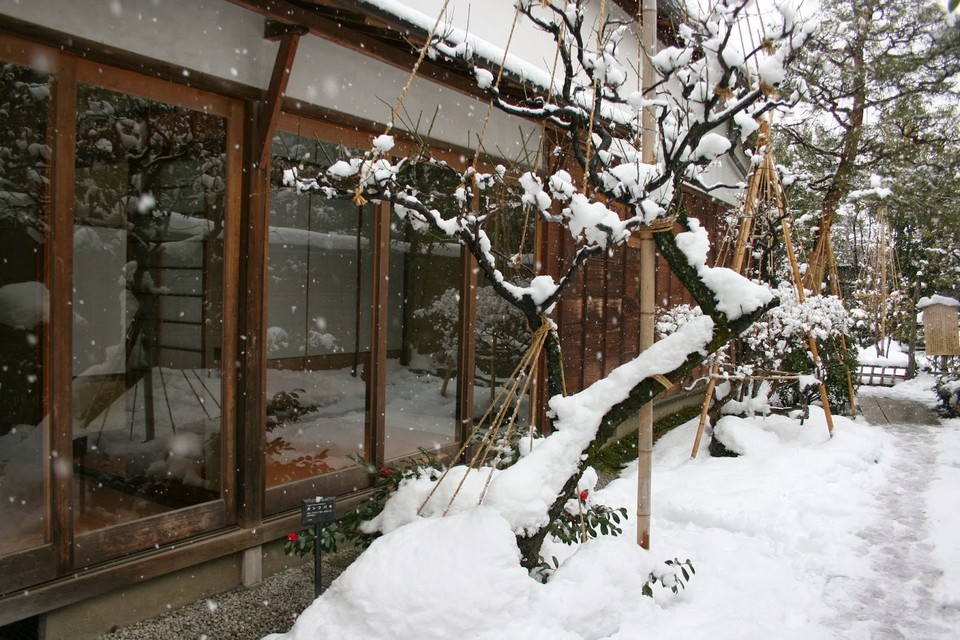
And definitely have to buy tickets to Nomura House (500 yen) – that is a model museum of a samurai house open to visitors. In contrast to the large Kenroku-en garden, here, you will see how Japanese people can bring mountains, forests … into a small garden. Sit on a small wooden corridor, silently watch and listen to the water flowing from the bamboo pipe to the stone basin – the thin stream of water like a thread, the water connecting the bamboo tube to the stone basin – the absolute tranquility is here!
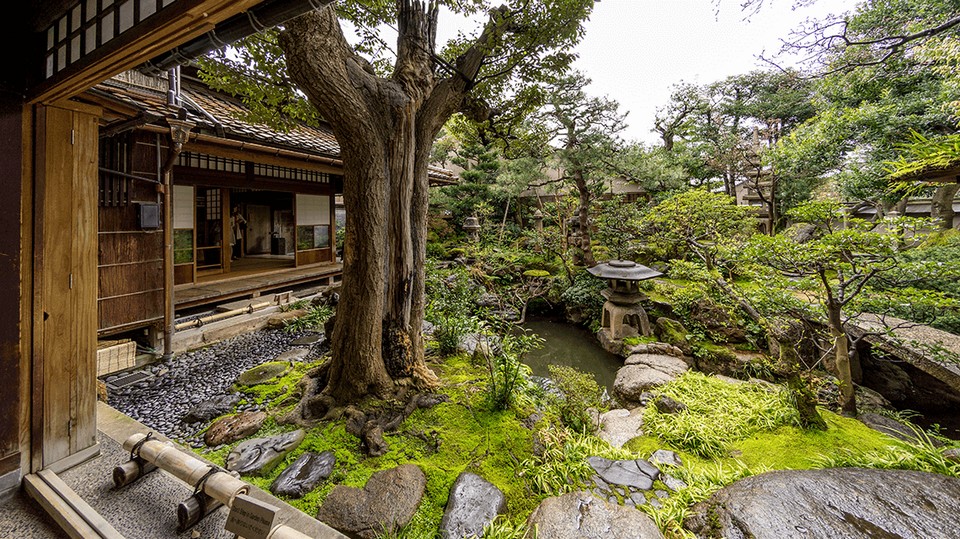
Higashi Chayamachi (Geisha District)
Higashi Chaya-machi is a very famous geisha street of Kanazawa. Here, tall and narrow houses are used to cater to the upper classes of entertainment, partying, singing, dancing, koto performances or play shamisen – a 3-string traditional instrument of Japan.
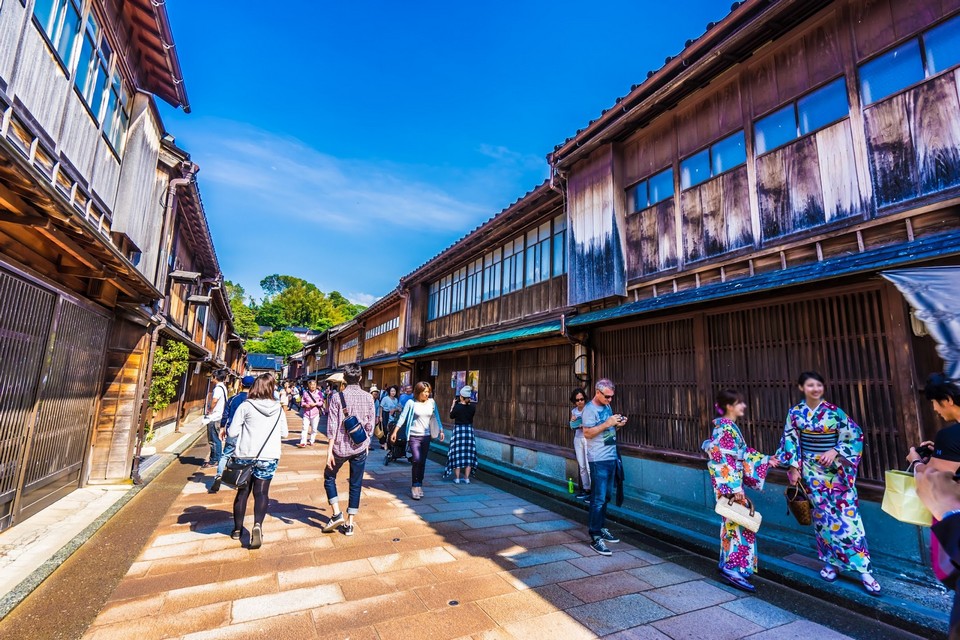
Especially, Shima house is open to all visitors and still retains its beauty from the Edo period, so you can feel the atmosphere of the early 19th century as soon as you step here.

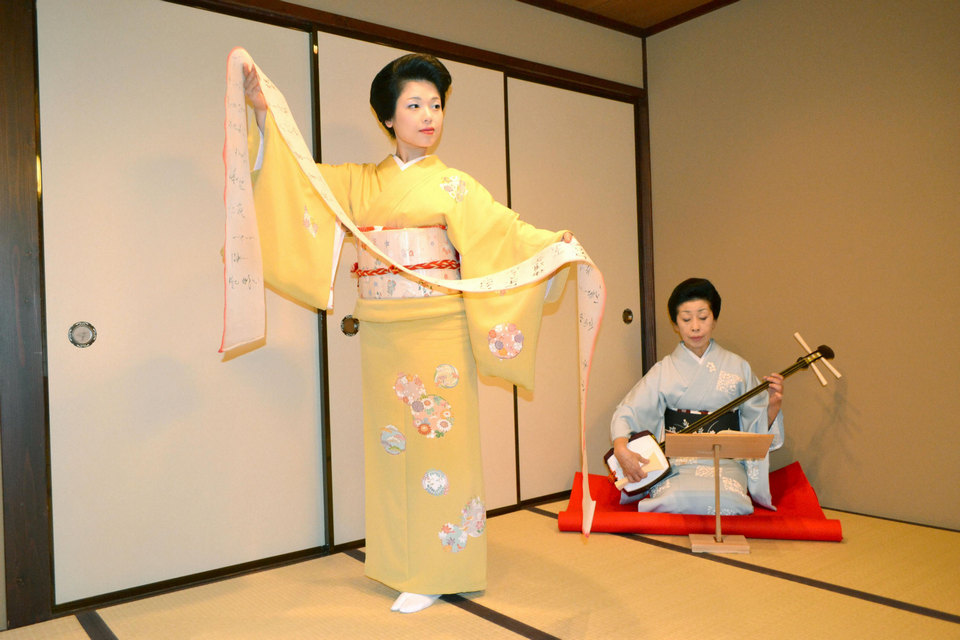
This is considered the origin of the geisha, even before the Gion district in Kyoto. Smaller, less commercial than Gion, Higashi-Chayamachi is gentle and calm!
Expience Kimono
When you come to the kimono rental shop, anyone can dress up in traditional kimonos easily. Here, customers can choose not only a beautiful kimono to wear in a day, but also hairdressing, makeup, then take photos at tourist sites to experience a full day meaning. After the rent is finished, you can return the kimono at the hotel, so visitors can comfortably use the services of these shops.
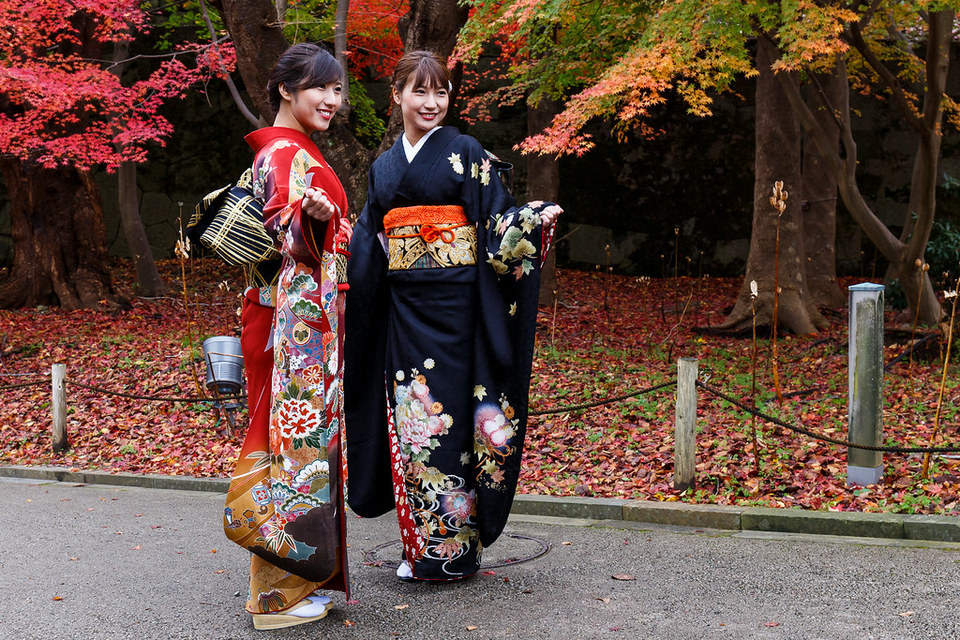
You can refer some Kimono rental shop such as: Kimono Rental Kokoyui, Kanazawa Korinbo Store from 2.900 yen/day.
Coastal Road “Chirihama Nagisa Driveway”
This is the only coastal road in Japan, which is also one of the few coastal roads in the world that you can drive on the beach right next to the waves crashing the shore, stretching all the way of 8 km long from North to South. Not only cars, motorbikes, bicycles, even horses can also circulate here. This is also one of the places to watch the beautiful sunset.
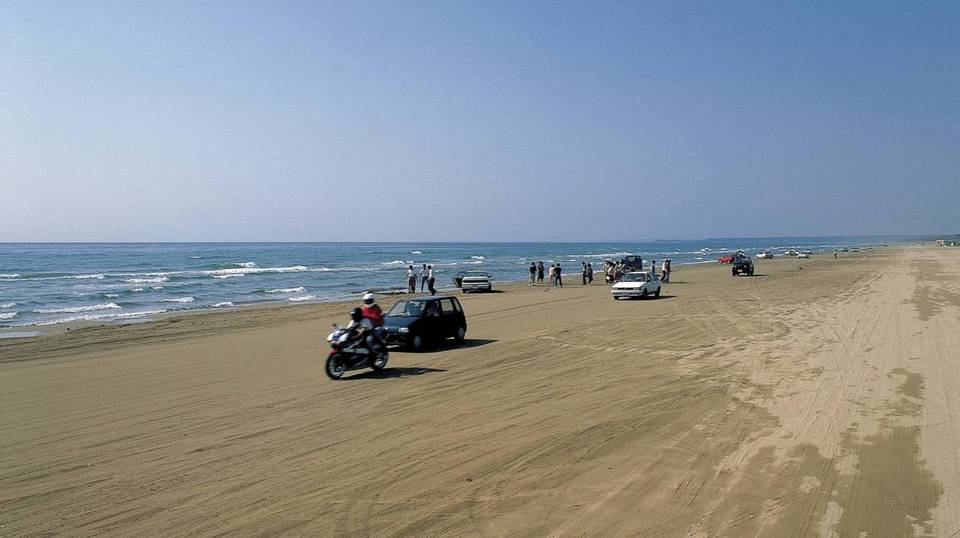
Wakura-onsen Hotel “Aenokaze”
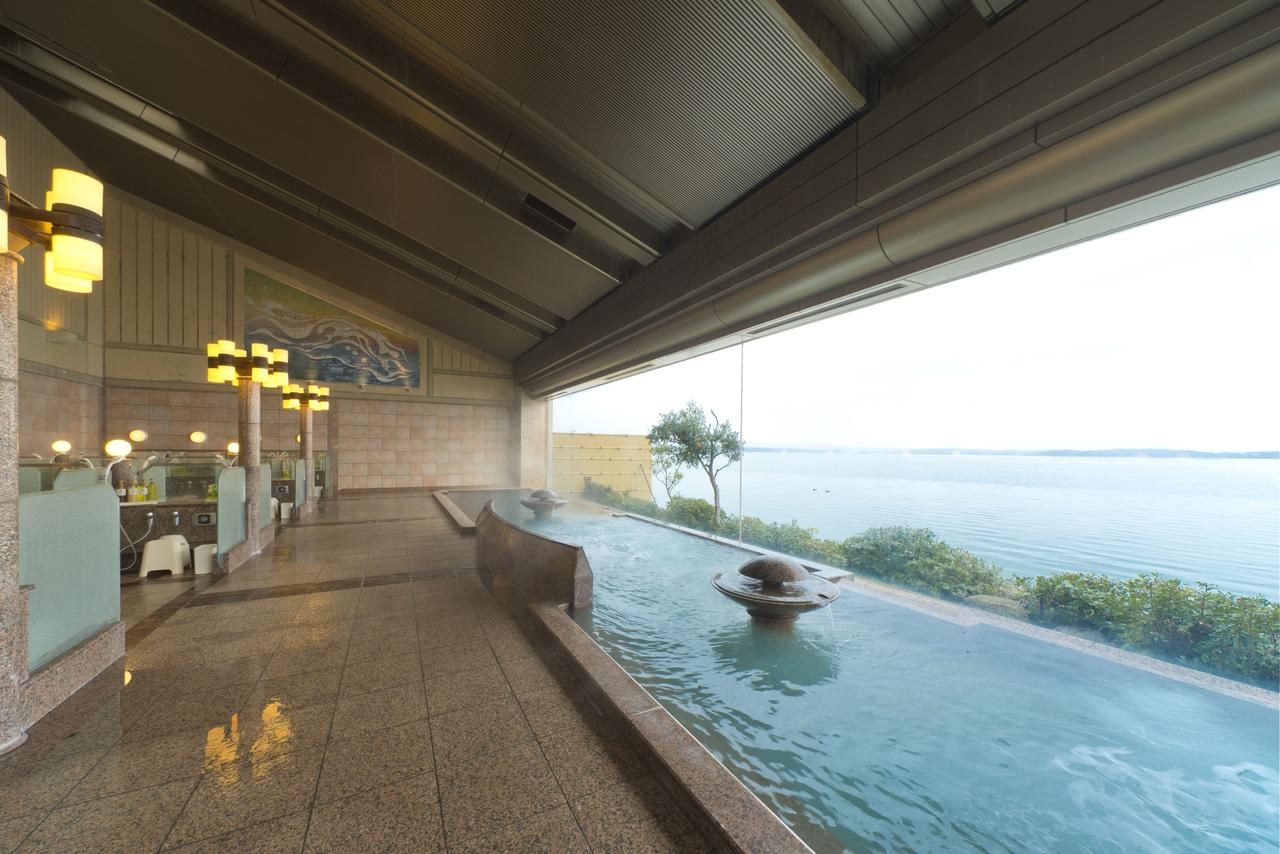
Aenokaze is an inn located in Wakura hot spring area overlooking Nanao Bay, with all rooms facing the sea, and also large bathroom overlooking the bay. Visitors can enjoy Japanese drum performance while having dinner. This is a long-standing hot spring tourist area with 1200 years of history, visitors come from wherever can feel the most sincere reception.
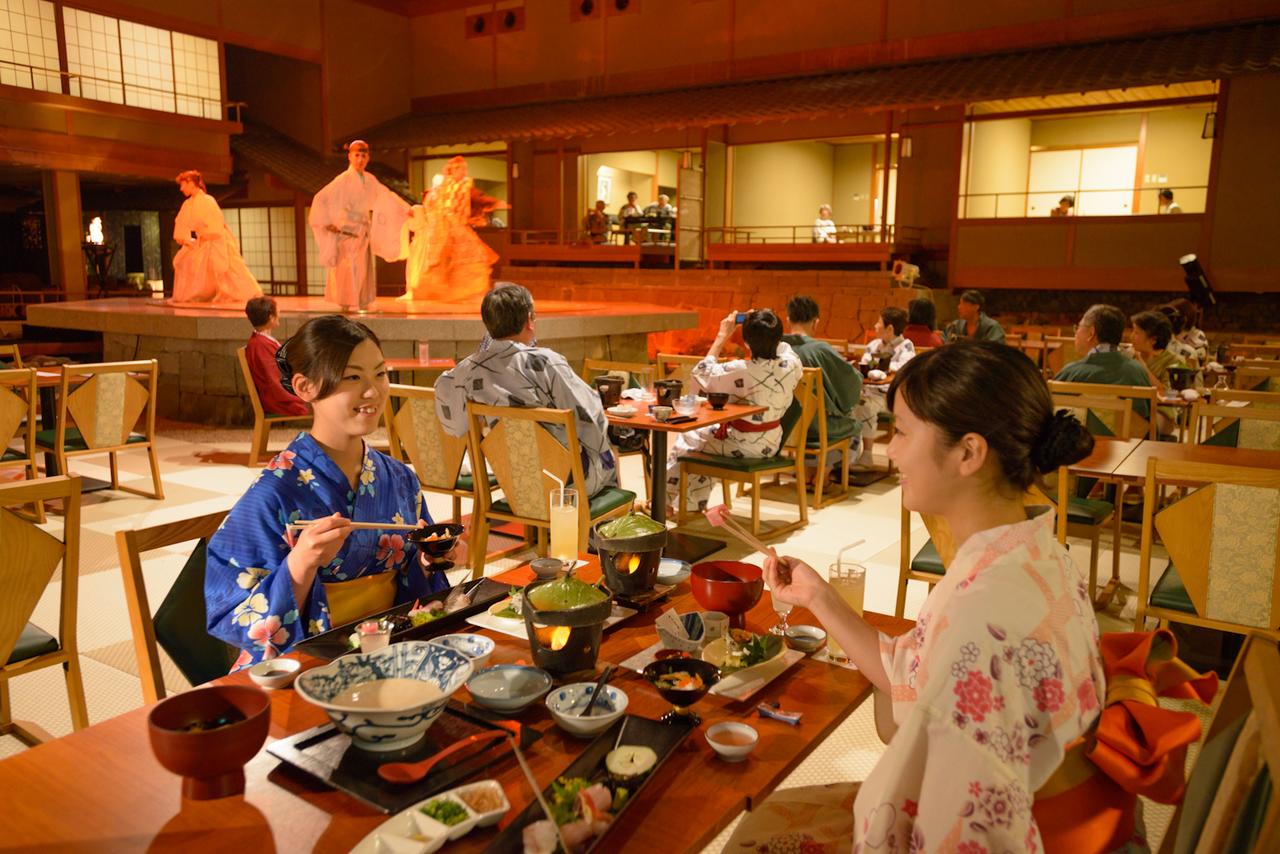
Wakura Onsen
Wakura-onsen is known as the only coastal hot spring of the entire Hokuriku region. Wakura-onsen’s charm is high temperature, abundant water and very good for health. Besides, visitors can also enjoy beautiful nature and good foods from sea and forest.


Not only that, Kanazawa is also attracted by other destinations such as Chirihama Nagisa coastal road, Aenokaze onsen (hot spring), Kaga Fruit Land… Kanazawa is like a Japanese jewel that is treasured, preserved and with tourists is a great destination that can satisfy both spirit and material.
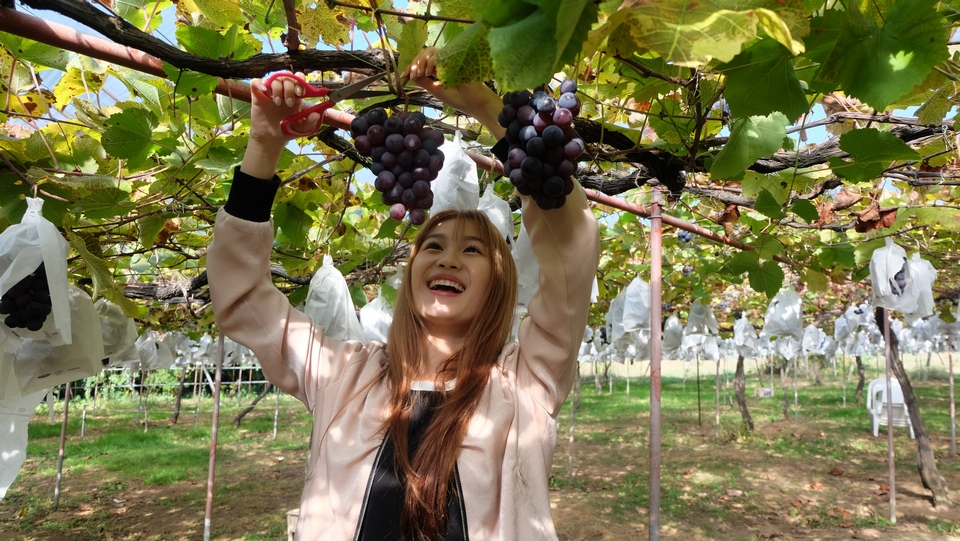
Kanazawa travel blog: What to eat?
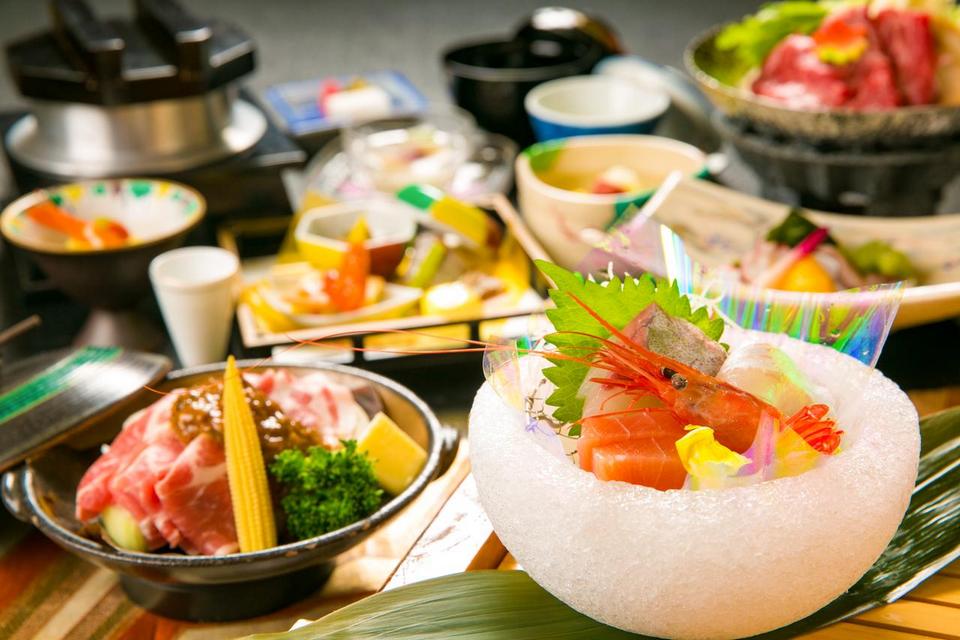
Kanazawa is known for traditional Kaga cuisine. Specialties are seafood, with shrimp, sushi and sashimi. The sake rice wine of this region is known for its quality, smoothness and sweetness, made from the rice in Ishikawa Prefecture and the fresh, pure water comes from the abundant rainfall of the Hokuriku region. The Omicho market in the middle of the city was opened since the Edo period. Originally iss an open market, but now built with roofs. Most stores in the market sell seafood.




Some best day tours, trips, activities and transfer services, tickets in, from and to Kanazawa you can refer to
- Kanazawa Sightseeing Morning Half Day Tour
- Kanazawa Day Tour from Nagoya
- Kanazawa Higashi Geisha House District, Kanazawa Castle, Kenrokuen Garden Half Day Tour from Tokyo
- Geiko Show and Dinner Experience in Kanazawa
- Shared Bus Transfers between Tokyo and Kanazawa (One Way)
- VASARA Kimono and Yukata Rental in Kanazawa
- 4G Prepaid Sim Card (JP Airports Pick Up) for Japan
- 4G WiFi (Japan Pick Up) for Japan
- JR Pass for Whole Japan (7, 14, or 21 Days)
Are you looking for more Japan travel guide and top things to do in Japan: Tours, activities, attractions and other things? Let’s check it out here.
































![10 best airports in Asia in 2016 [RANKED] kuala-lumpur-international-airport-best airports in asia in 2016 by skytrax ratings](https://livingnomads.com/wp-content/uploads/2016/08/29/kuala-lumpur-international-airport-best-airports-in-asia-in-2016-by-skytrax-ratings-218x150.jpg)








